idea list
Last Updated
speculative artifacts: creating the objects that could have existed in the life i didn’t live.
korean adoptee experience: you can learn your birth name but never know what it felt like to hear it.
k-pop ↔ hardcore: diy vs. corporate. both build alternate realities for belonging.
design leadership: questions around team formation, critique culture, and how to balance craft with strategy. what does it mean to build a creative environment that protects clarity without killing experimentation?
design education: what’s broken in how we teach design, and what still works?
to explore
- how language learning reshapes identity, especially when it’s the language you were meant to know
- what it means to teach while still learning
how i built this site
Last Updated
when i started this project earlier this week, the goal wasn’t really to make a new website. it was to figure out how we, at vanilla, could use claude code and figma’s mcp to help the pm and design teams prototype locally and publish high-fidelity prototypes for feedback earlier in the process.
i started by watching a few videos that showed the workflow in action:
videos
- from design to code with claude code in 40 minutes (meaghan choi on peter yang’s channel)
- building your ideas with claude code and figma mcp (dive club)
anthropic has the kind of product building culture i admire.
before diving in, i installed claude code on my own machine and opened a few old studio and personal projects, some using flat-file cms or other outdated setups. it was pretty wild watching claude code scan through everything, explain the stack, the purpose, and even how to get each one running again.
from there, i wrote a short prompt about what i was trying to do: build a personal site that worked as both a portfolio and a digital garden, and use it as a way to teach myself what i’ve missed from the last decade of web development. i originally thought about using jekyll and github pages, but claude convinced me that just diving into the deep end was the better path.
while it took me a while to get claude code running and to find my way around vscode, i eventually got there, set up an astro project, built the repo, and connected figma to claude via mcp. i was a little disappointed to see figma mcp still relies on screenshots (though the output is much better than before).
in my claude.md file, i included not just technical instructions but a reminder that this project was meant to help me learn. plan mode ended up being the most useful part—it breaks everything down step by step and explains what’s actually happening.
one thing that surprised me was how easy it is to go overboard. early on i got lost in filtering and categorization options before realizing i just wanted something that felt simple, alive, and mine.
james ayres, our design engineer, had already been experimenting with using our own codebase and design system to make prototypes. this week, cree (one of our eng directors), james, and i are starting to roll out that same process with the rest of the team.
Related Notes
Reading List
Last Updated

Talking About LA
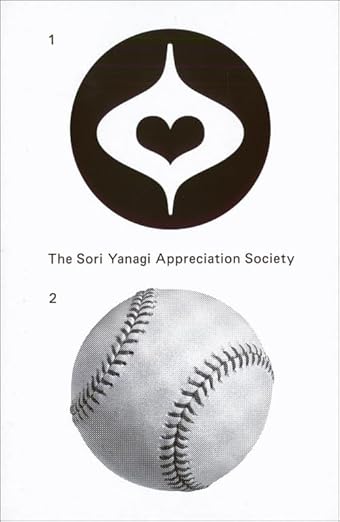
The Sori Yanagi Appreciation Society
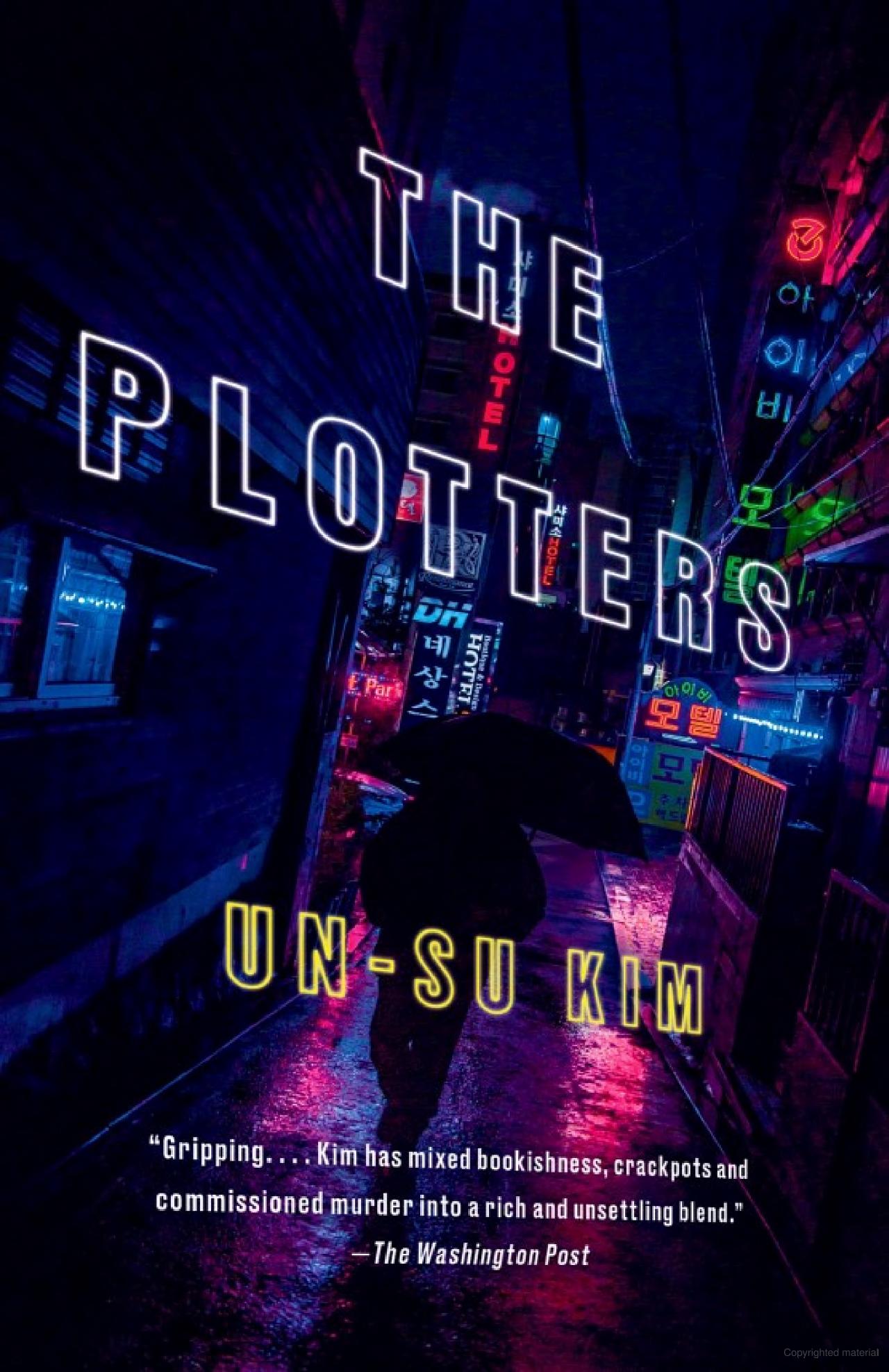
The Plotters: A Novel
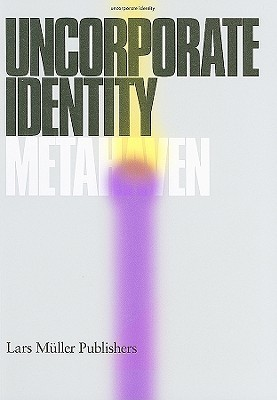
Uncorporate Identity
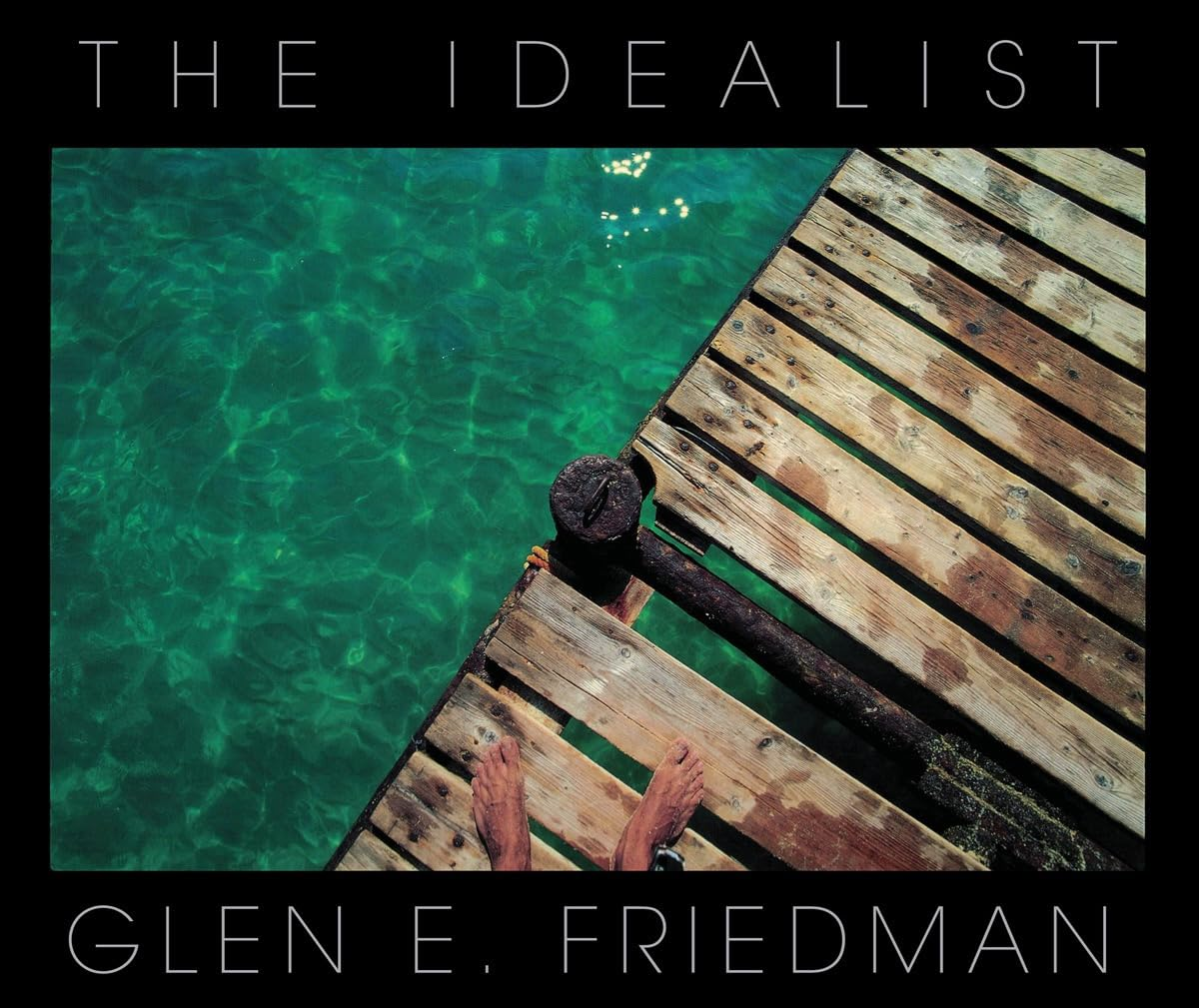
The Idealist
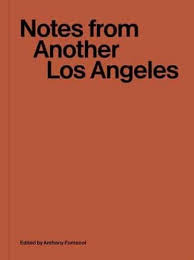
Notes from Another Los Angeles: Gregory Ain and the Construction of a Social Landscape
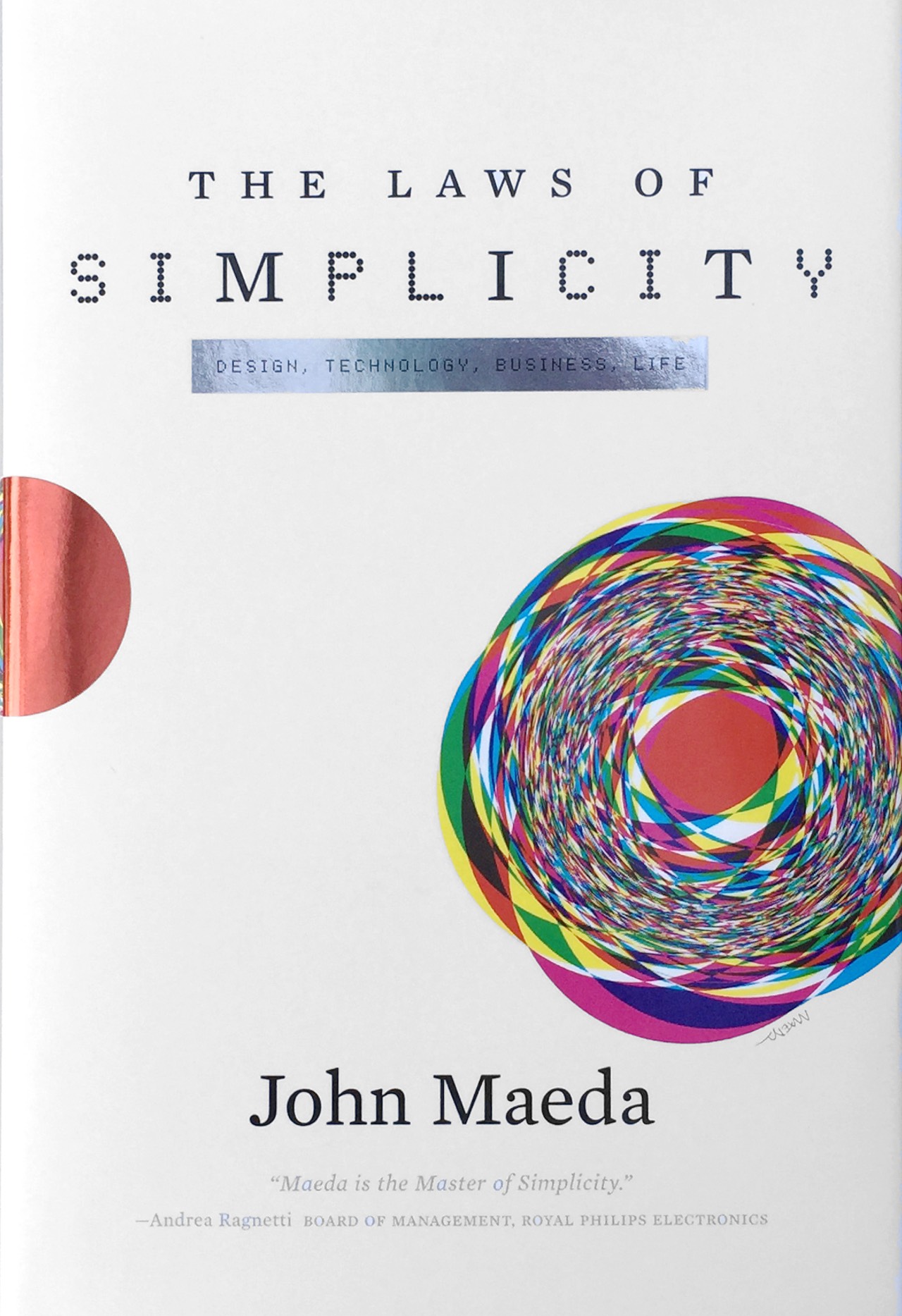
The Laws of Simplicity
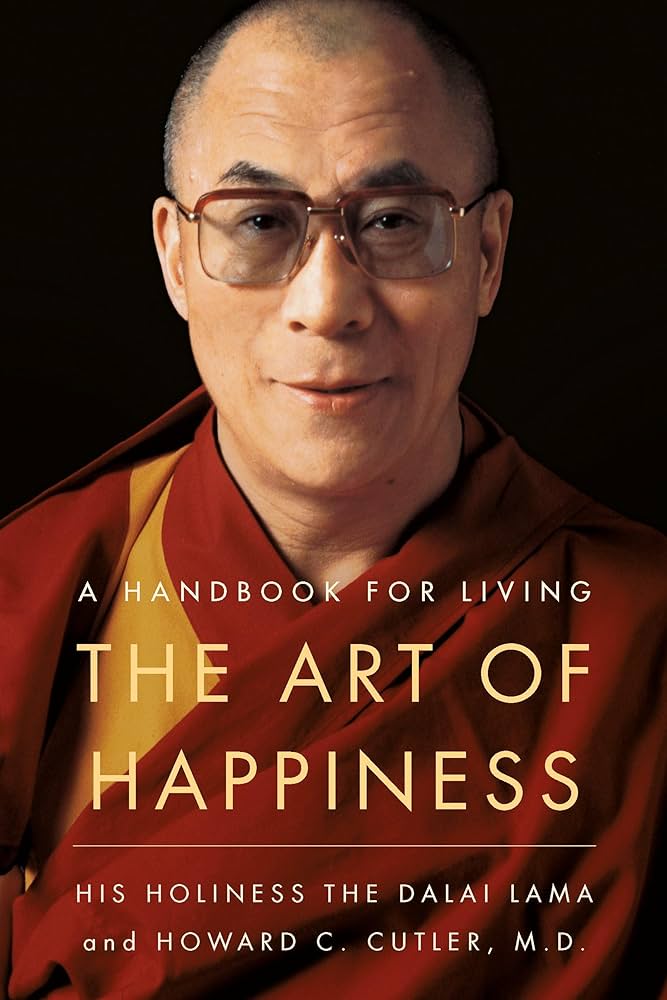
The Art of Happiness
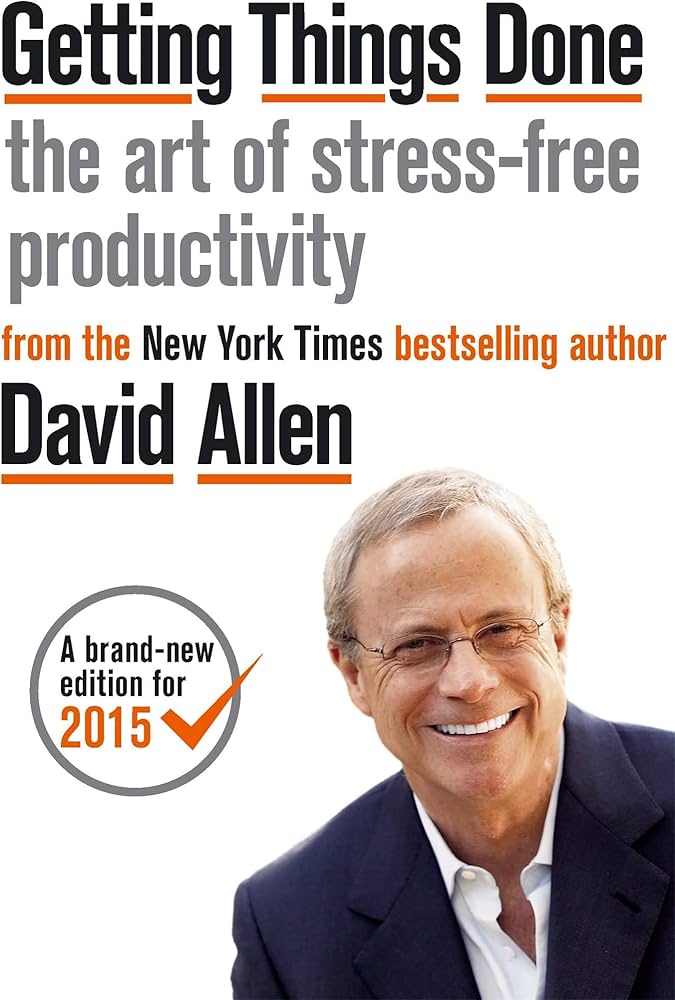
Getting Things Done
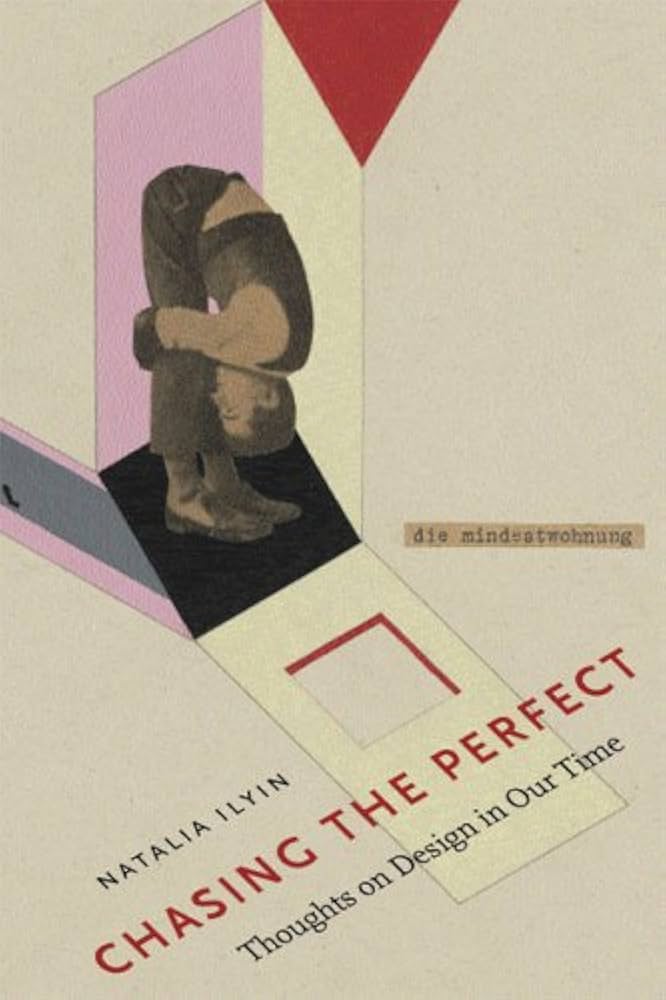
Chasing the Perfect
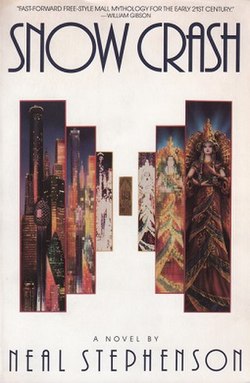
Snow Crash
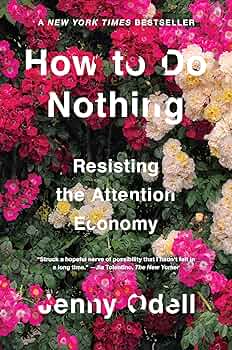
How to Do Nothing
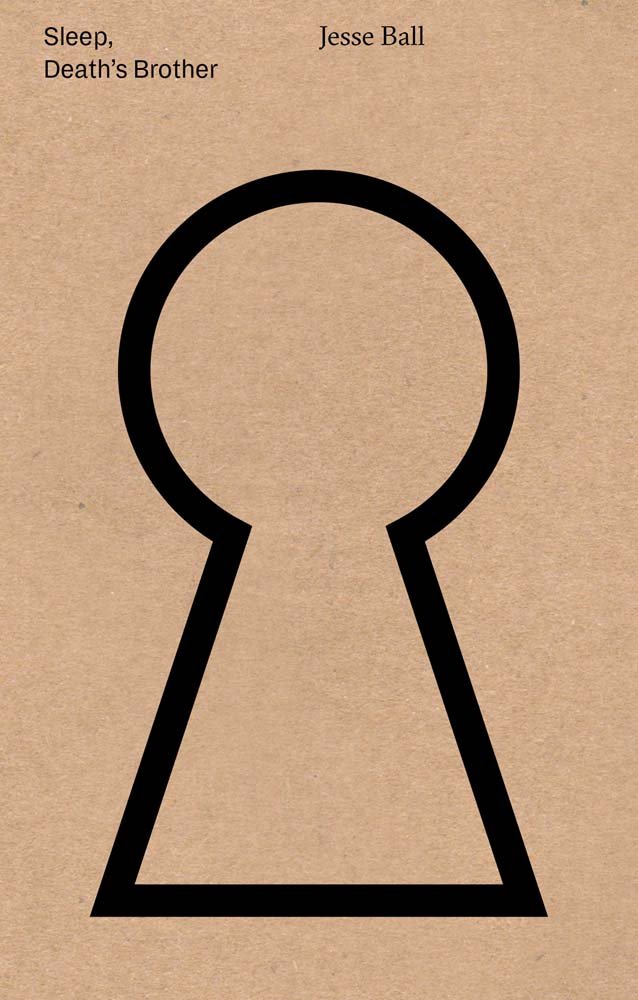
Sleep, Death's Brother
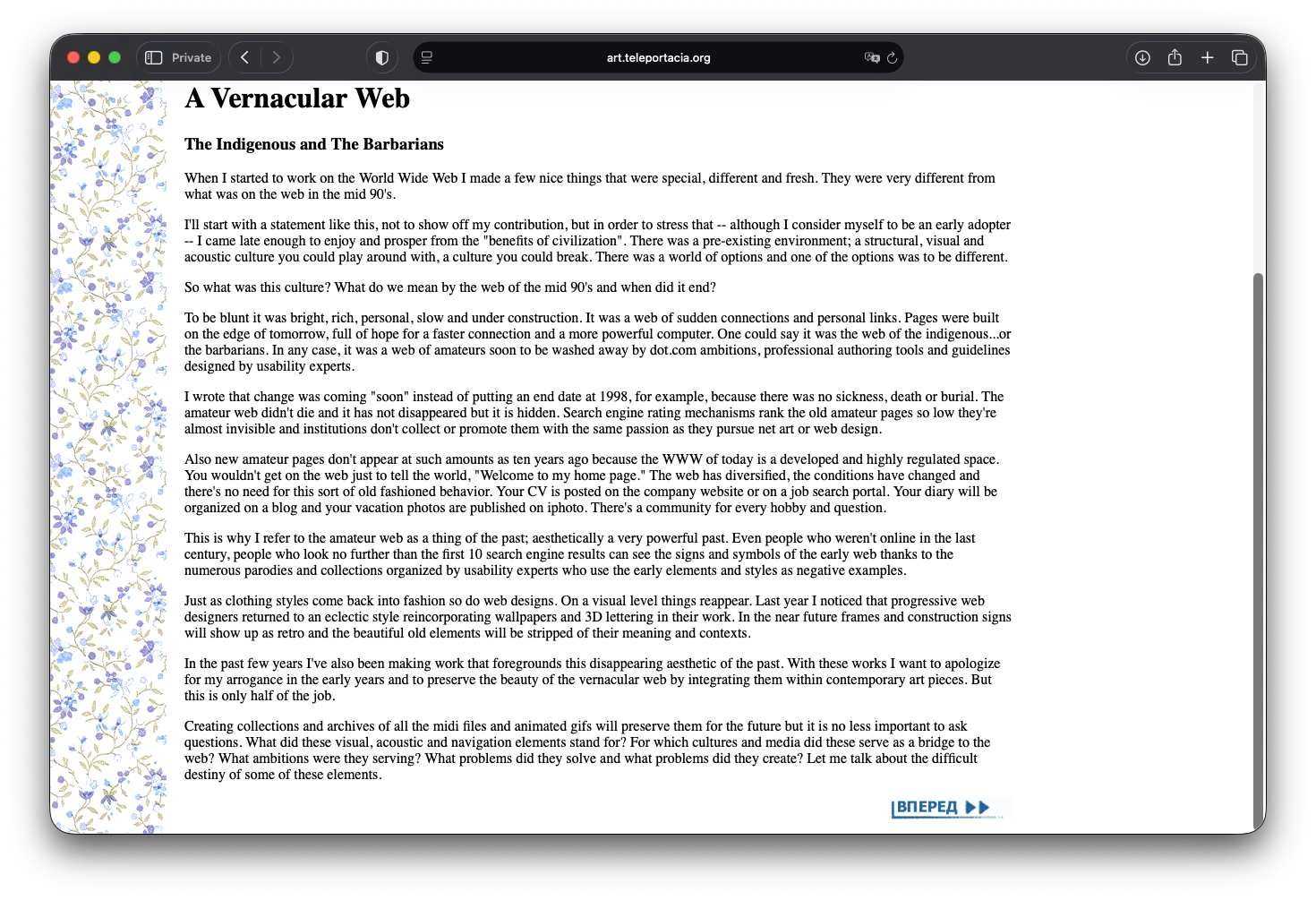
A Vernacular Web
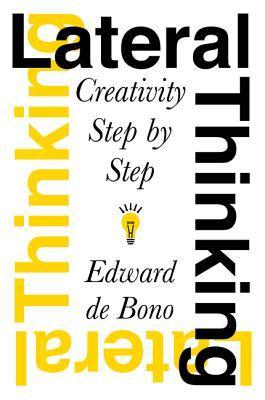
Lateral Thinking
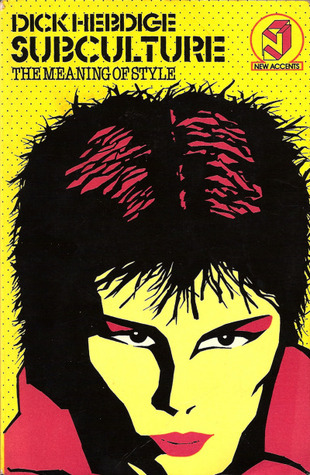
Subculture: The Meaning of Style
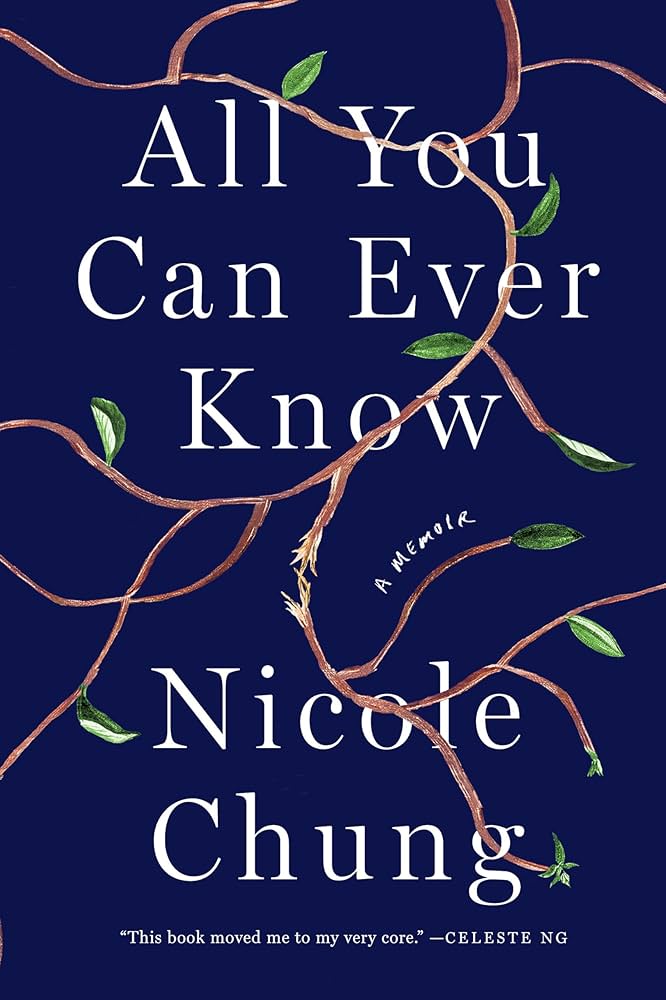
All You Can Ever Know
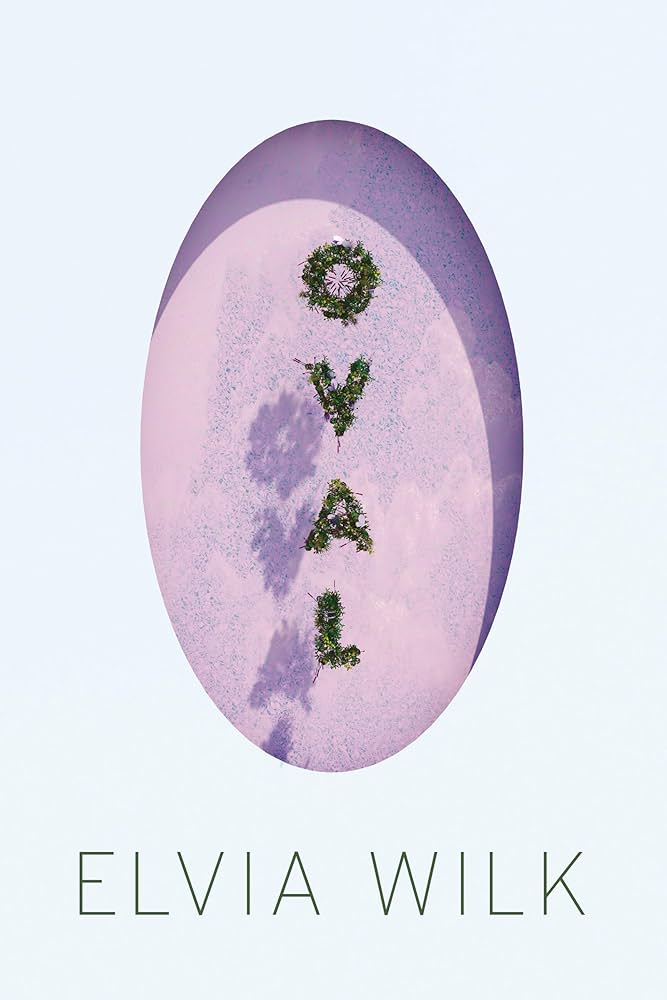
Oval
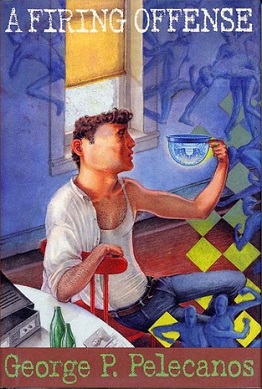
A Firing Offense
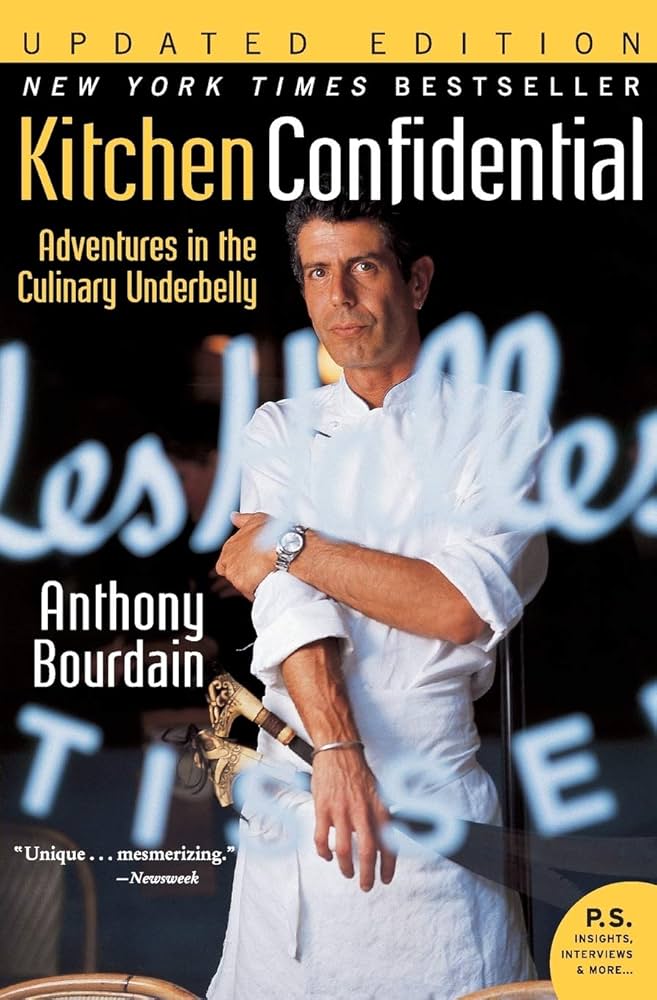
Kitchen Confidential
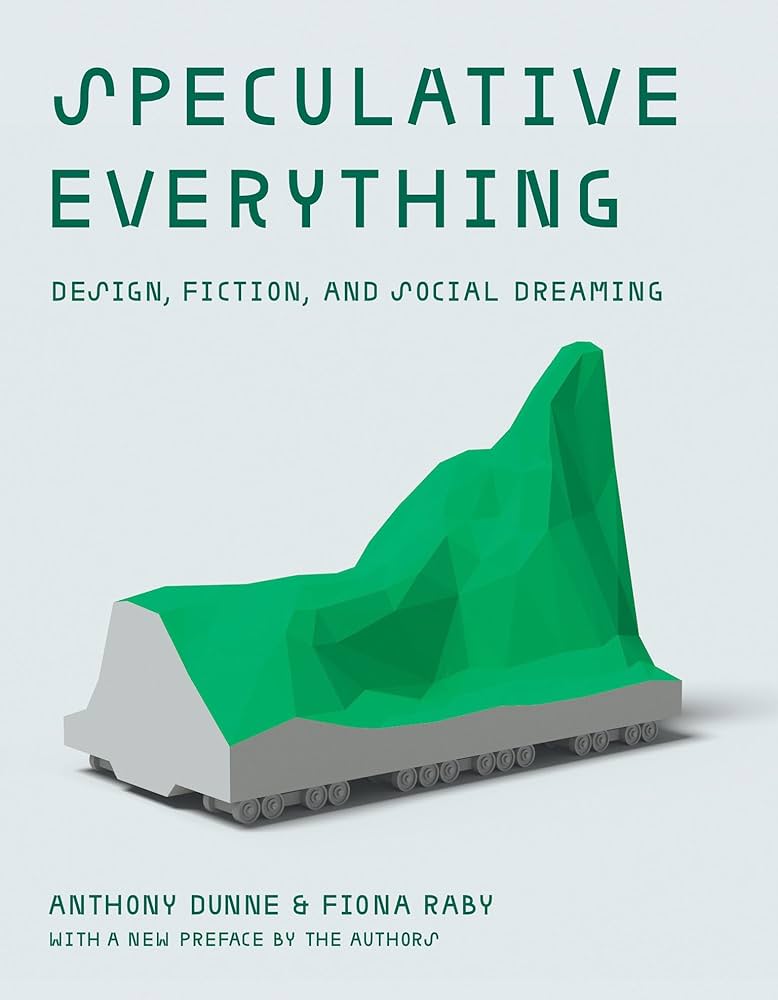
Speculative Everything
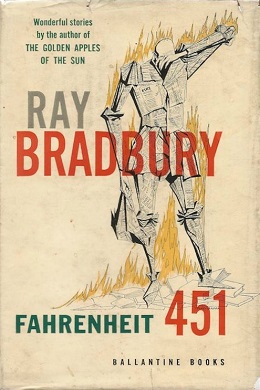
Fahrenheit 451
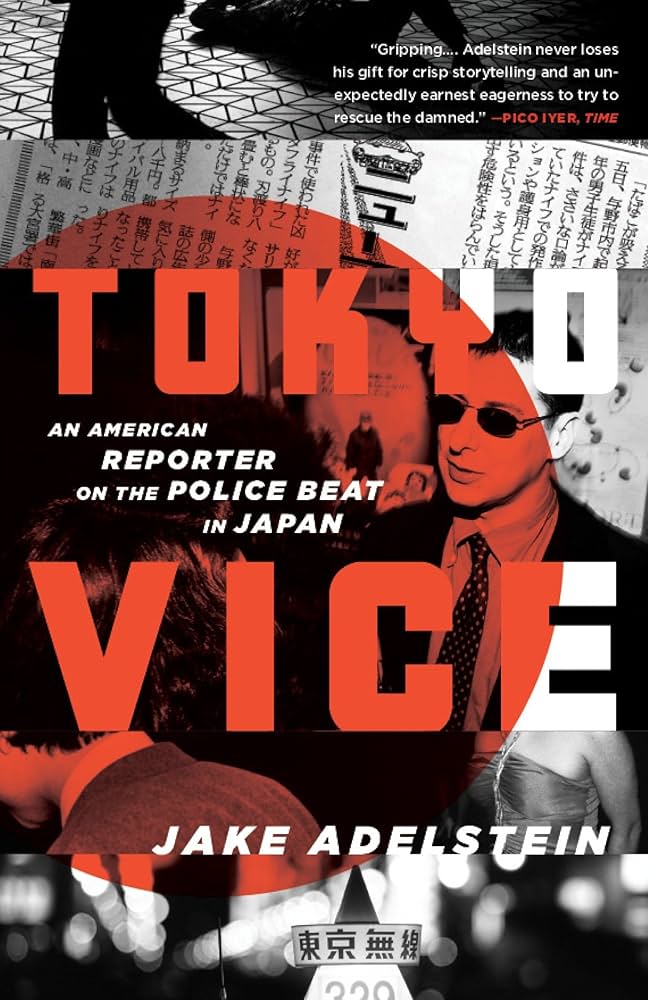
Tokyo Vice
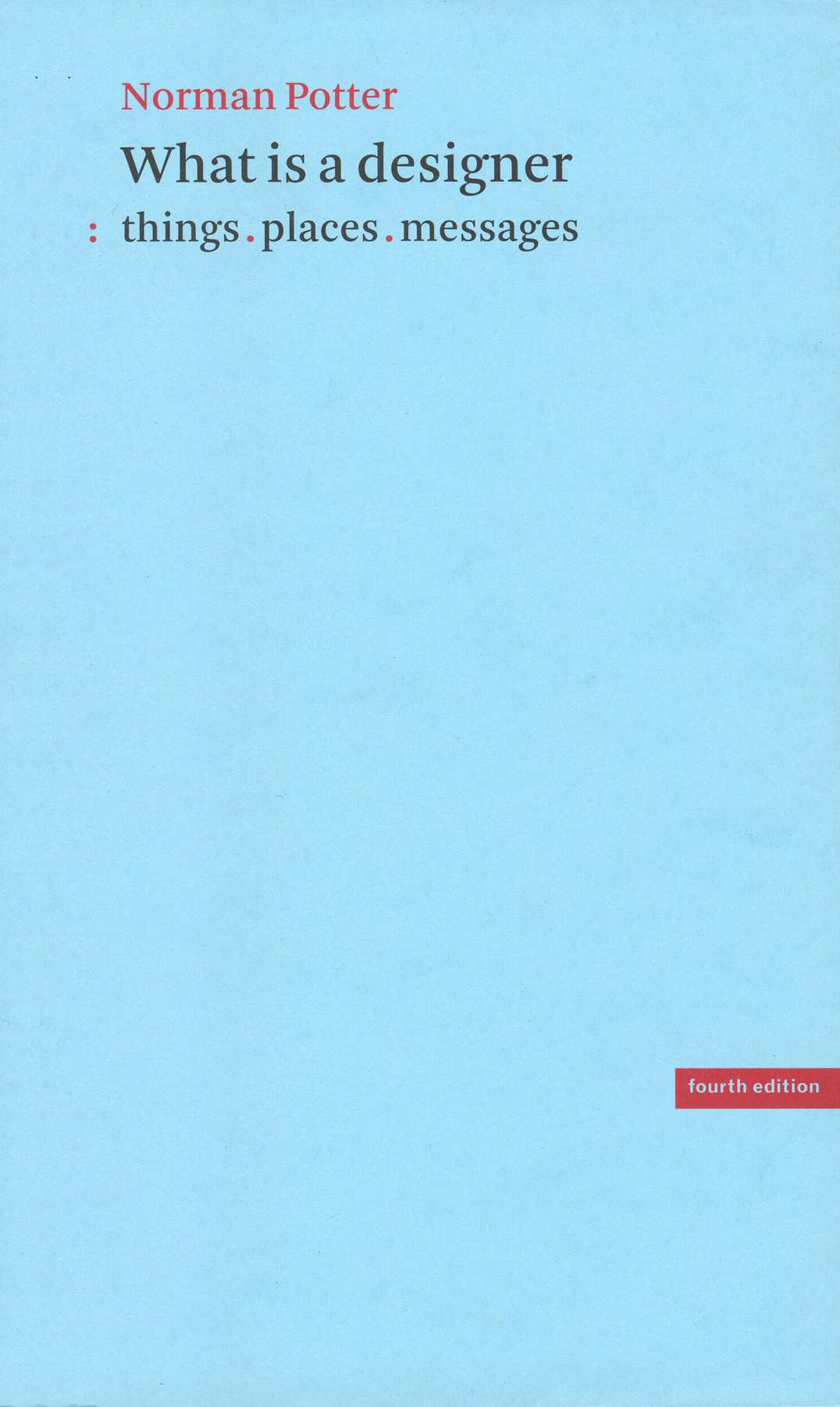
What is a Designer
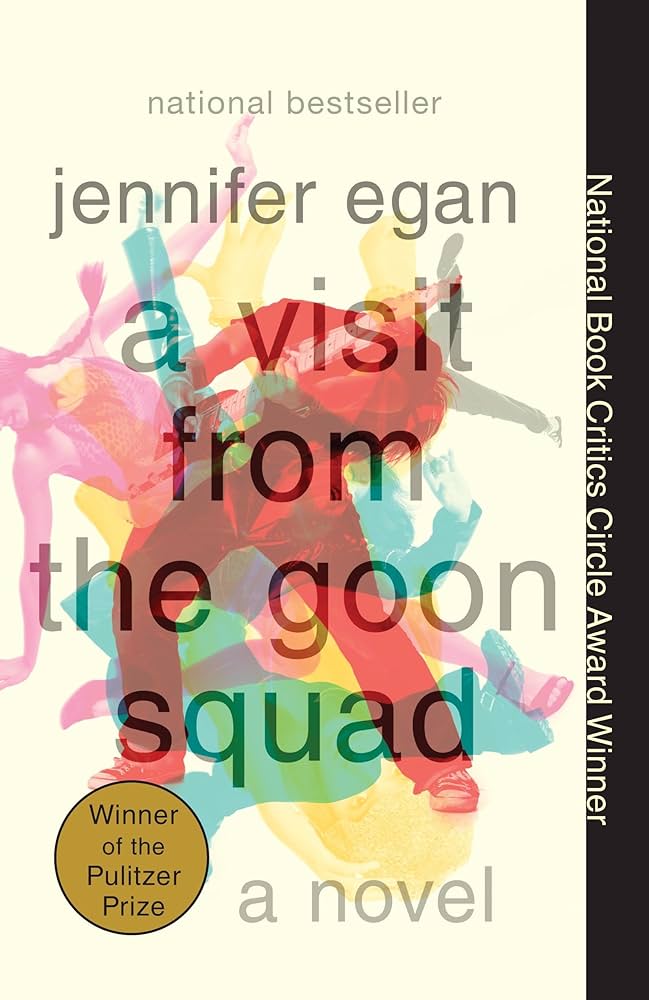
A Visit from the Goon Squad
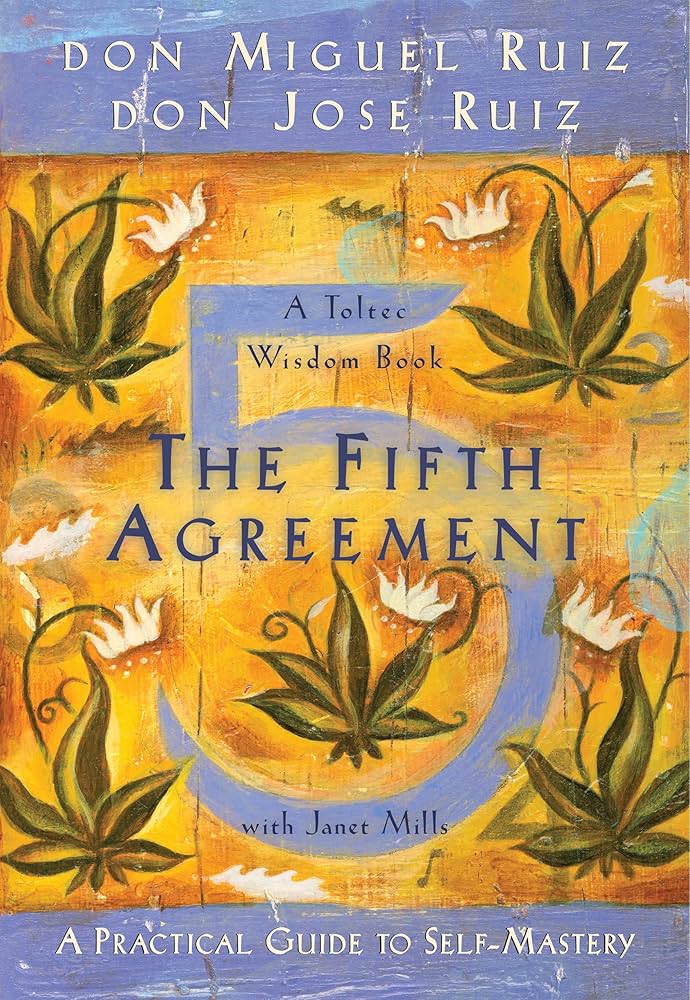
The Fifth Agreement
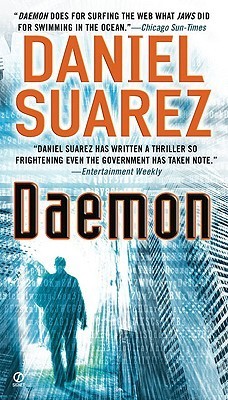
Daemon
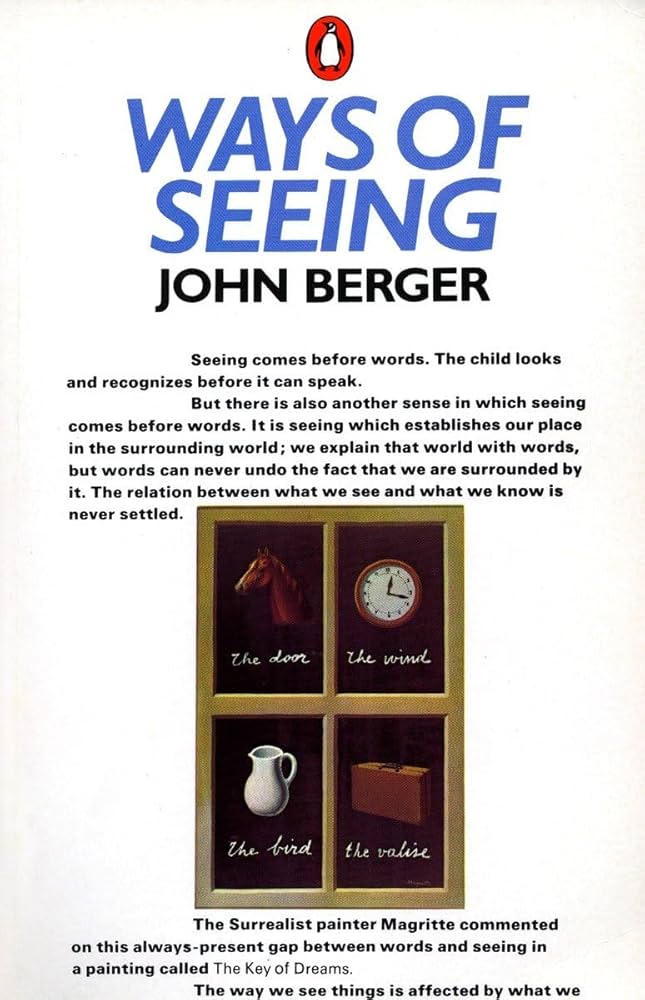
Ways of Seeing
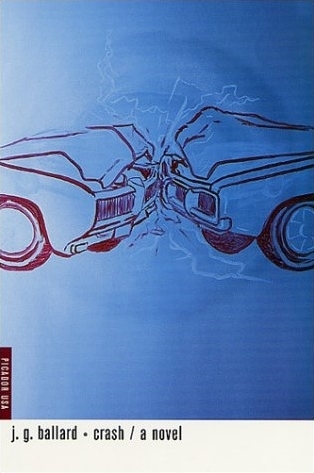
Crash
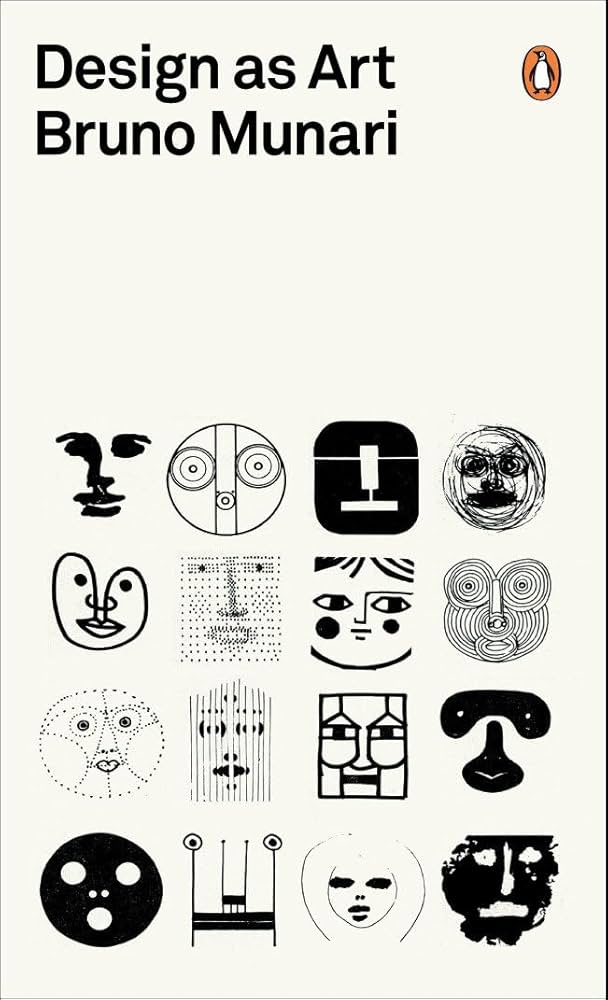
Design As Art
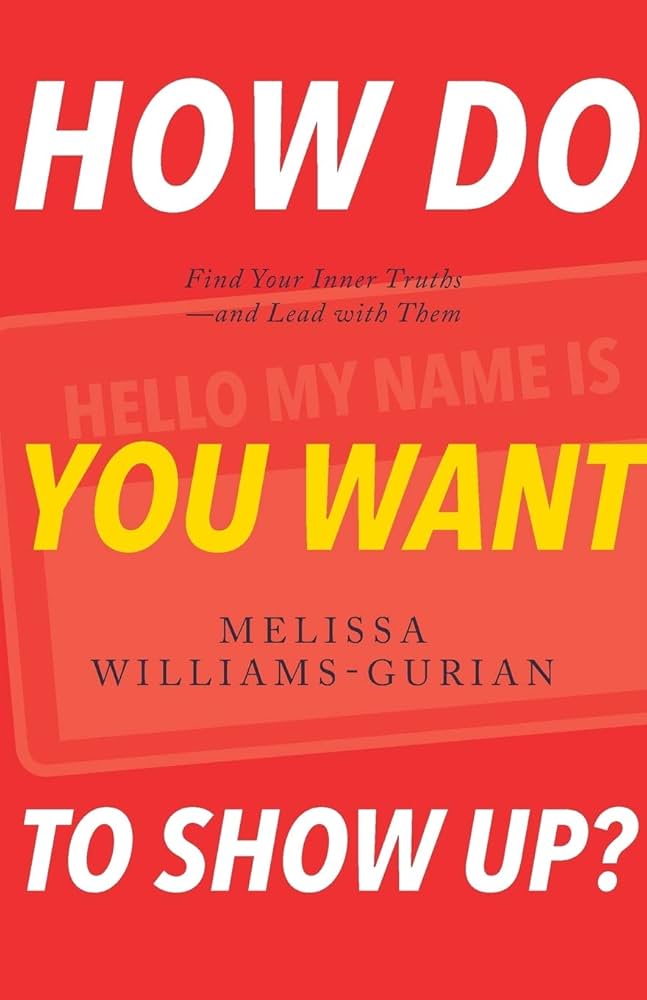
How Do You Want to Show Up?

How To Take Smart Notes
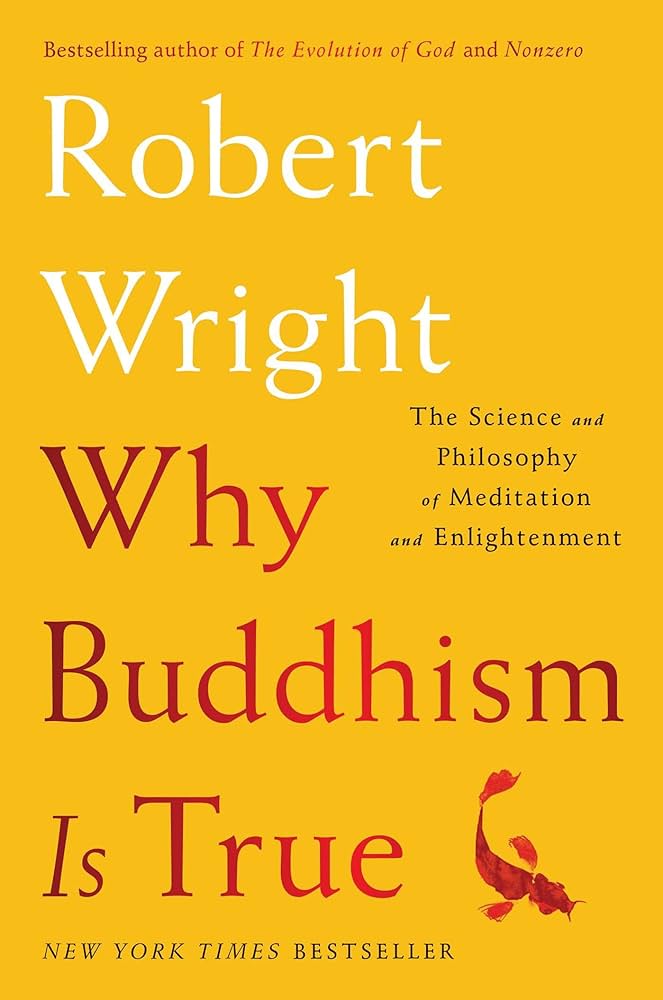
Why Buddhism Is True
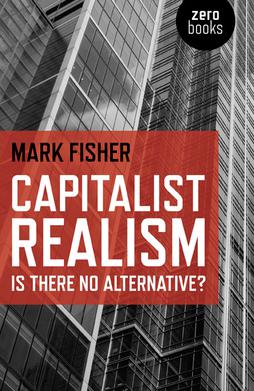
Capitalist Realism
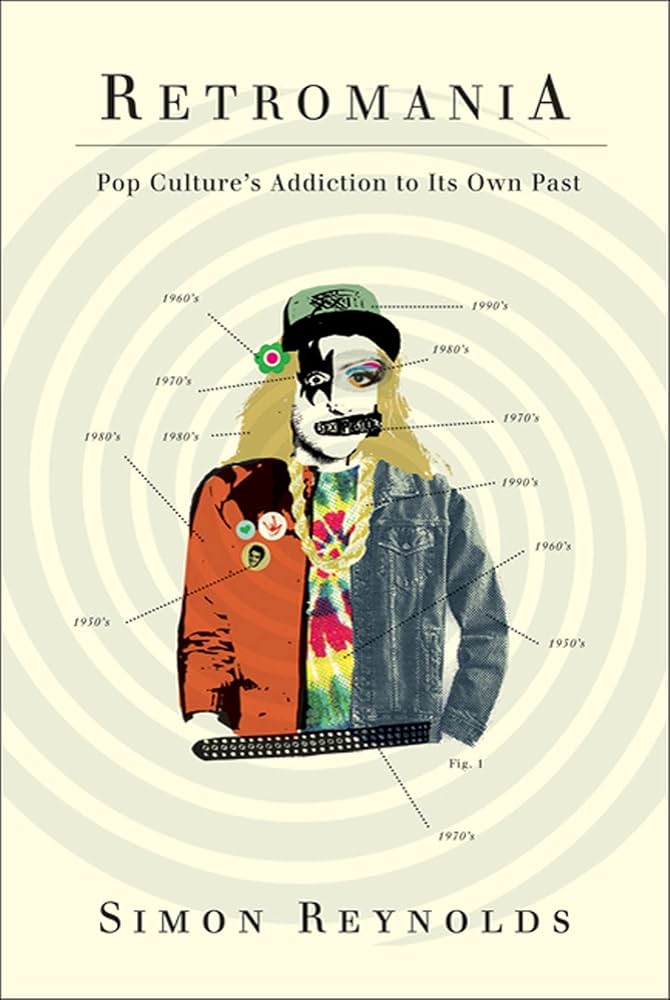
Retromania
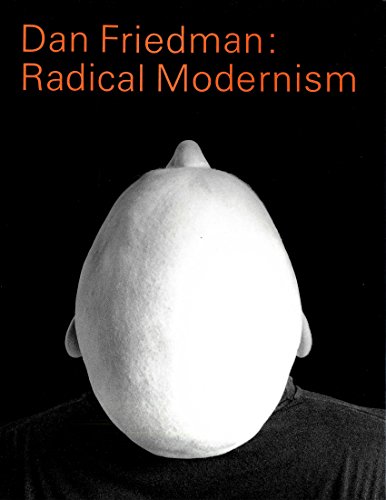
Radical Modernism
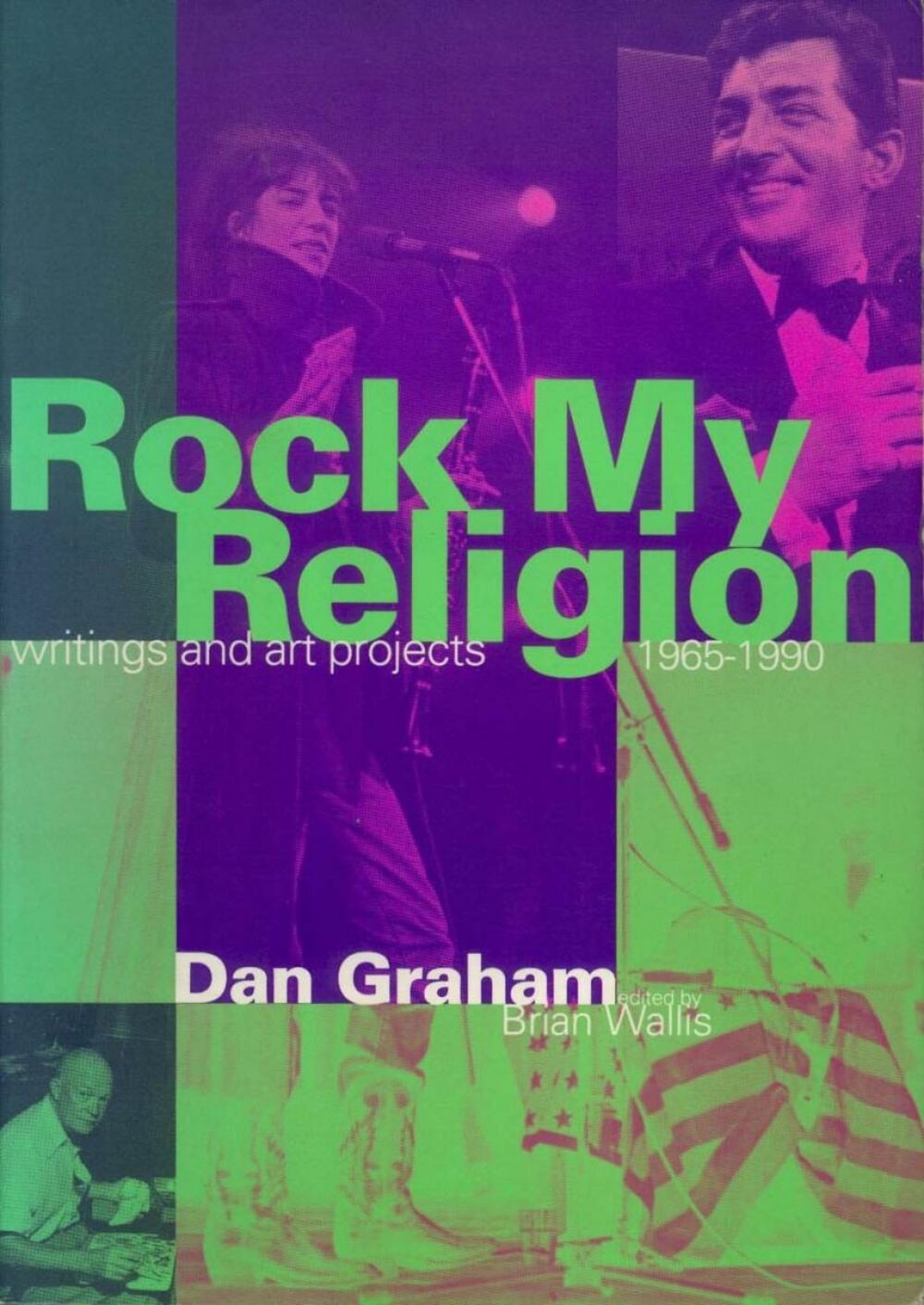
Rock My Religion
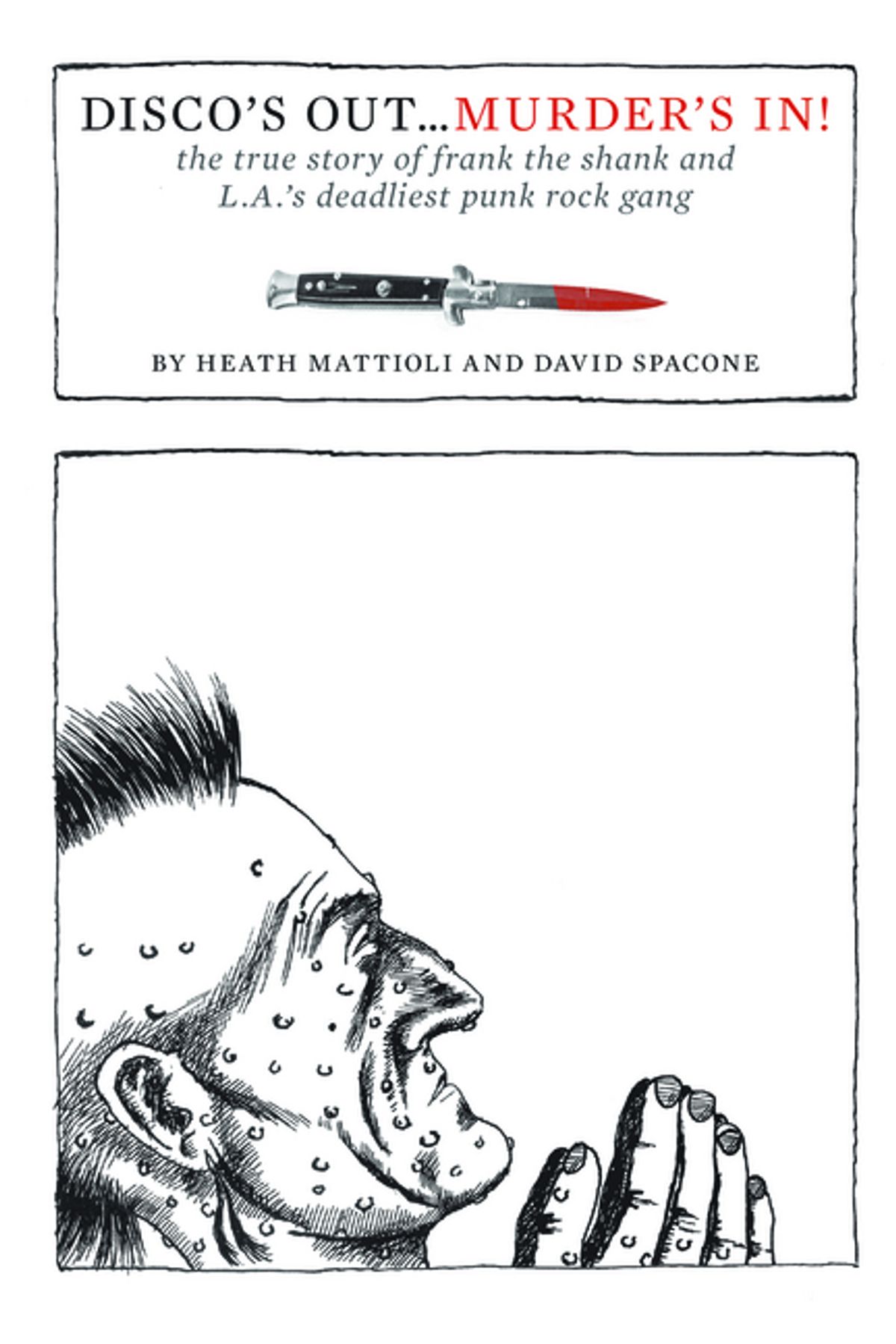
Disco's Out... Murder's In!

Go-Go Live
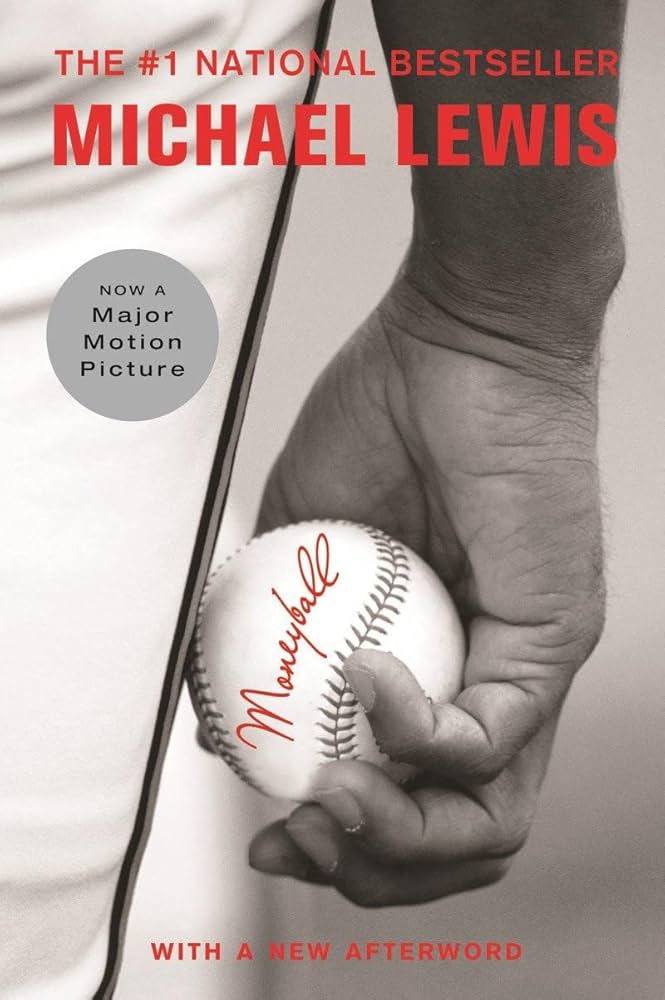
Moneyball
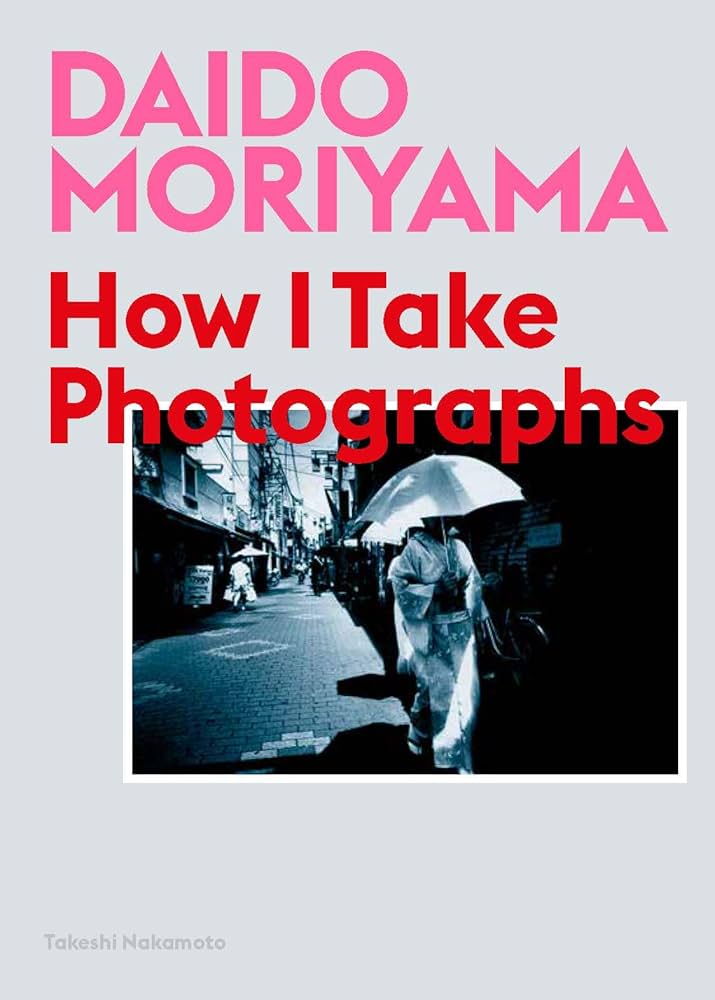
How I Take Photographs
starting the garden
Last Updated
in taking over product at vanilla, i’ve been trying to keep up with the pace of change, not just in design but in how we actually build things. the tools, the process, the way small teams work. companies like linear keep showing what’s possible when design, engineering, and product are all in sync and that’s the kind of team i want us to be.
as i’ve been thinking about how to get there, ai has become a critical part of it. it’s the thing making that kind of speed and craft possible. and i’m not just thinking about it for work, i’m seeing it firsthand while teaching web and code to students at calarts. the flattening of responsibilities is real, and to me, it’s exciting. it means designers, engineers, and pm’s can all get closer to the actual making. it’s a chance for people to lean into their specialties instead of hiding behind titles.
one of the bigger changes i’ve been pushing is getting both pm’s and designers closer to code through claude. this week i decided it was time to dive in myself. after watching a demo of how anthropic’s design team uses figma’s mcp and claude code to prototype directly in code, i finally sat down and built the portfolio site i’ve been wanting to make for years (literally took a figma project i started on a flight 3 years ago).
i’ve always been obsessed with pkms. i was an early obsidian user, tried roam, even started building my own zettelkasten after reading how to take smart notes by sönke ahrens. the hardest part for me has always been balance. i always get lost in building the system instead of capturing the idea. in a way, platforms like tumblr, are.na, and even x really work for me as the idea was the point not the system around it.
so it’s been a dream for a while to have a space of my own like that again (rip live journal). a place to post loose ideas, more polished writing, or just things i don’t want to forget.
when i teach the beginning web class, we start with a short history of the early internet: geocities, angelfire, myspace, that era when people made weird little websites just for the fun of it. in a lot of ways, this feels like a return to that. as i’ve weened myself off social media, i still have the urge to share, just without the noise or performative aspect of it.
learning to build this site through claude code literally felt magical. like the first time i learned to code, but lighter. it’s familiar but obviously much easier. i don’t feel limited by what i don’t know but just in what i could articulate myself.
this is all really exciting for me, i hope i can bring others along.
Related Notes
Turnstile, Seattle, WA
Last Updated
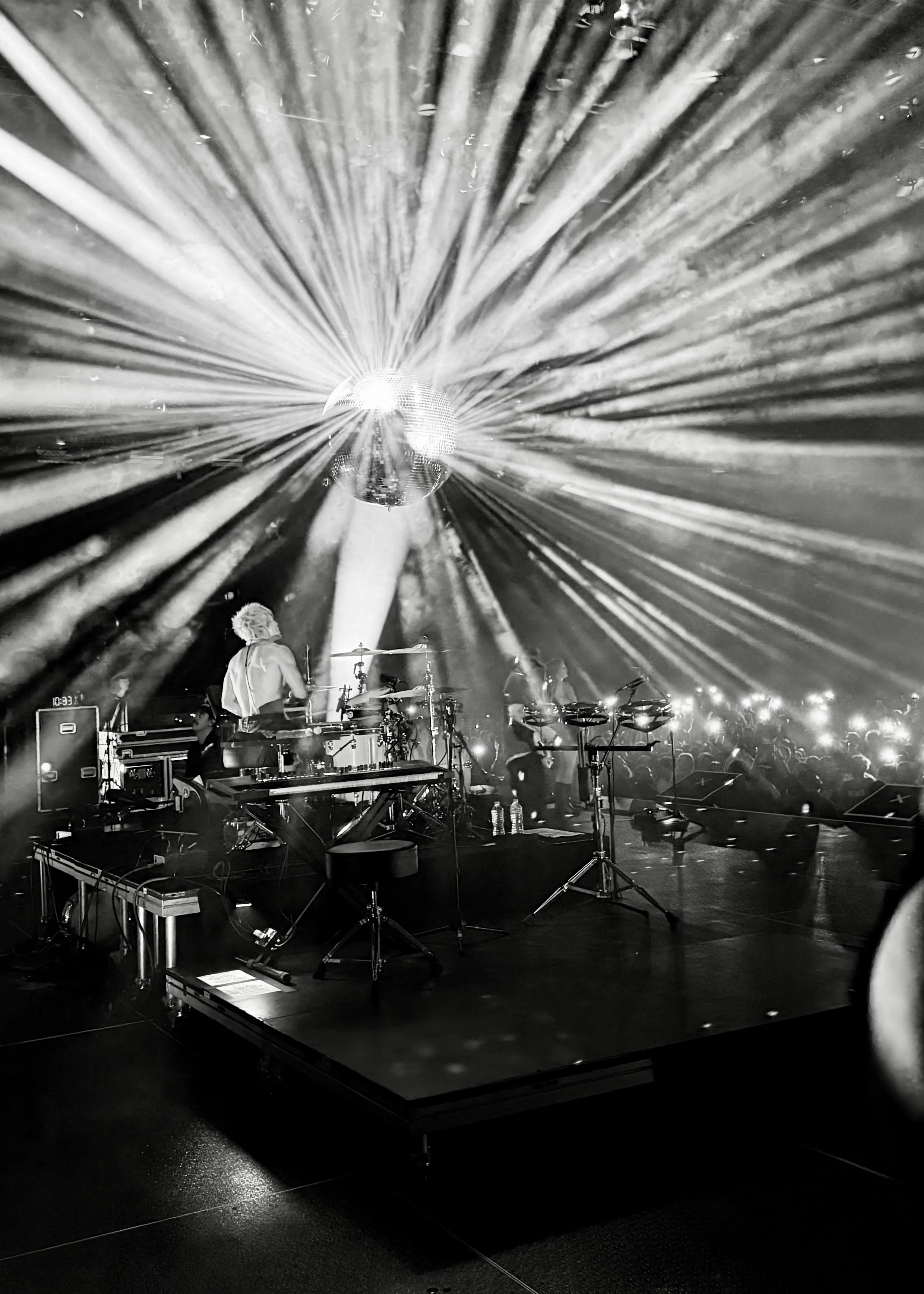
Turnstile, Seattle, WA, 10/07/25
Seoul, South Korea
Last Updated
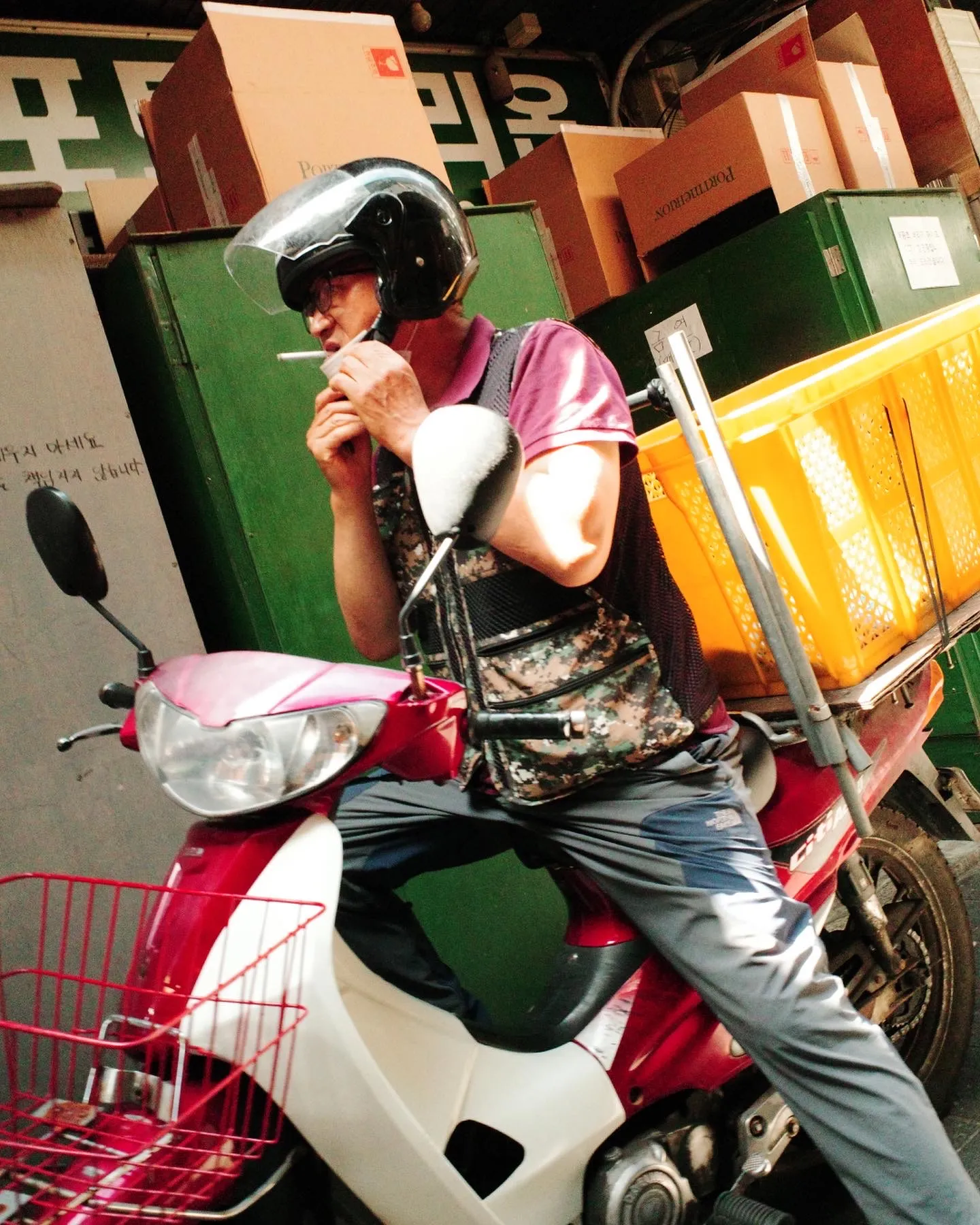
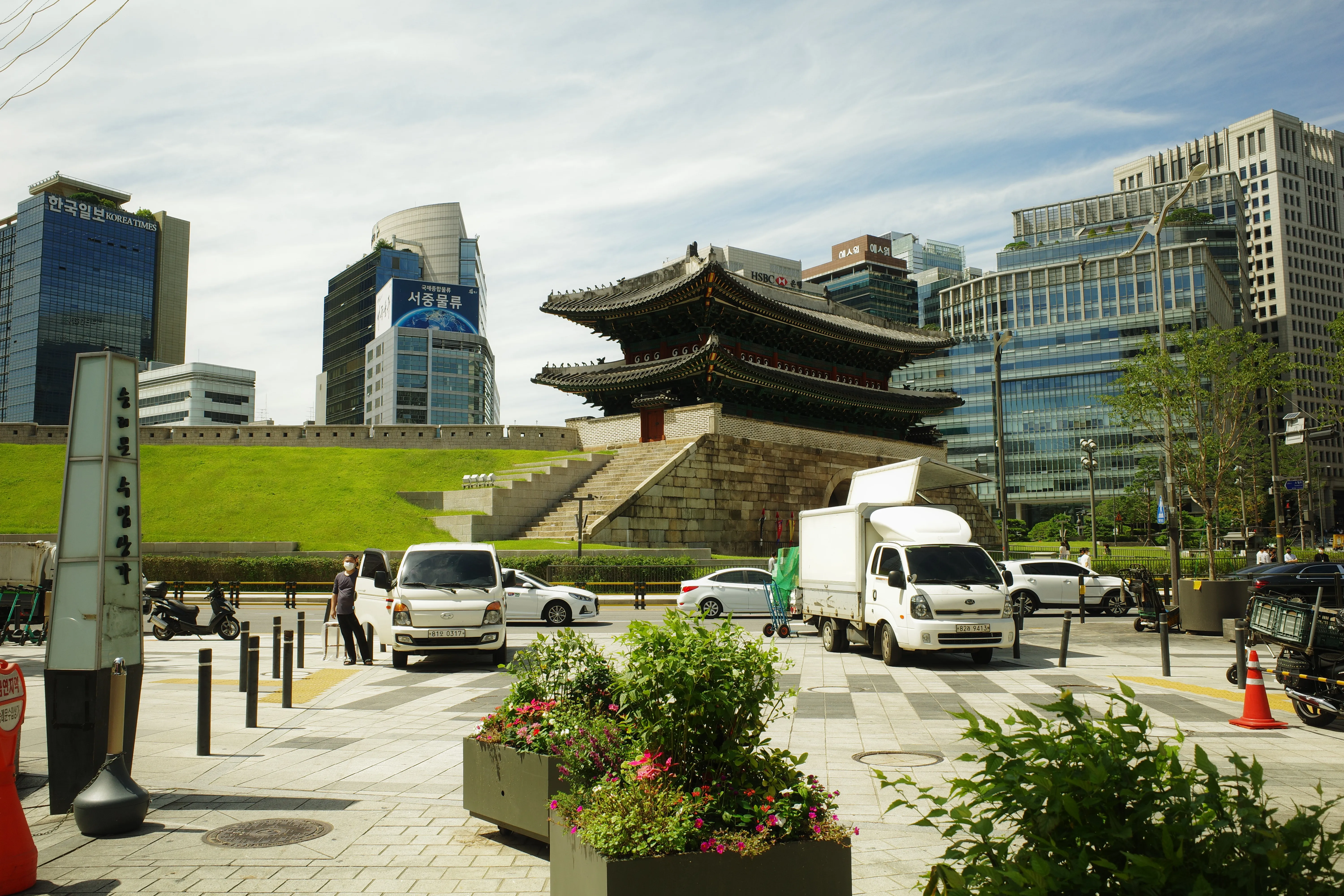
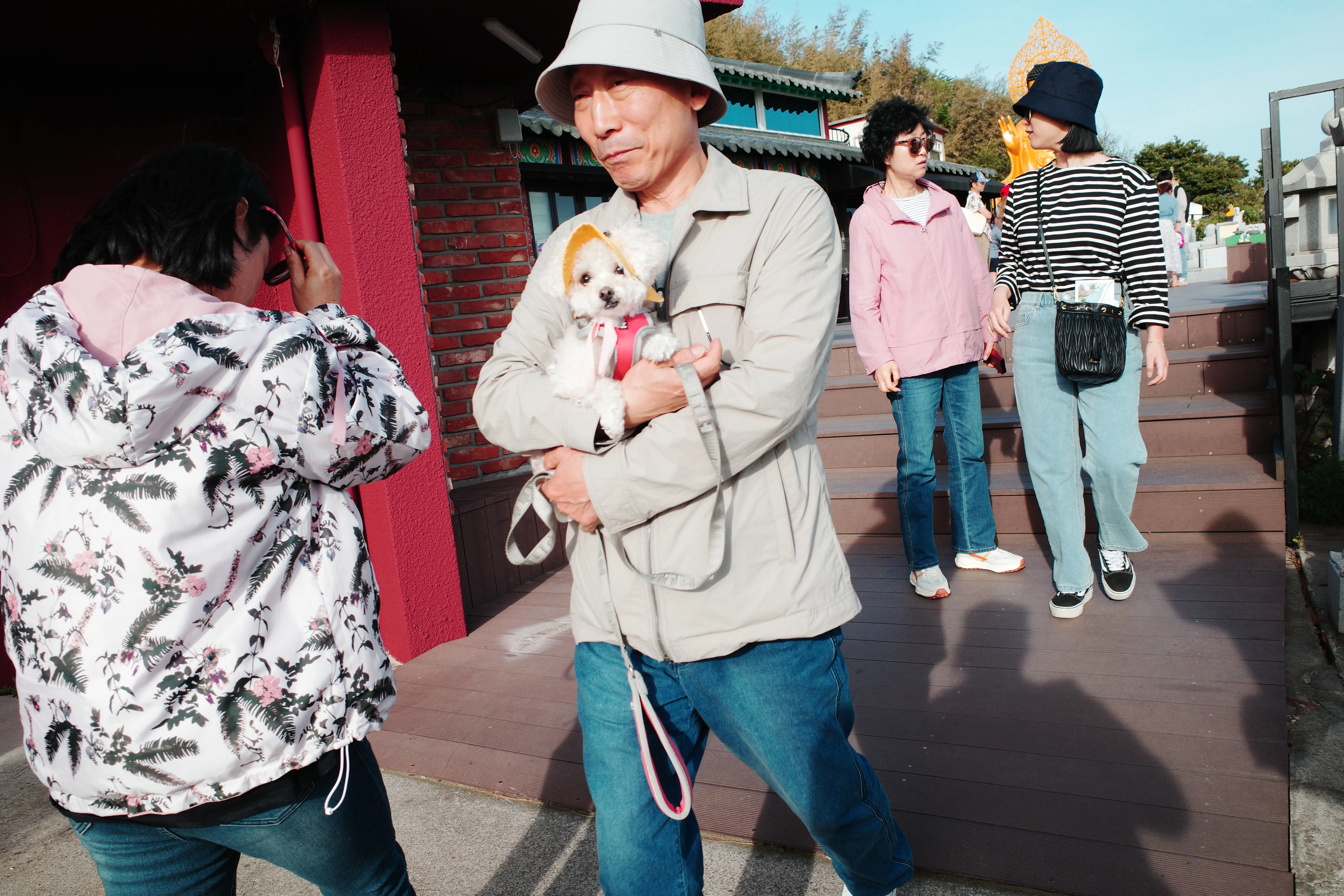
Seoul, South Korea, April 2023
Related Notes
Seoul, South Korea
Last Updated
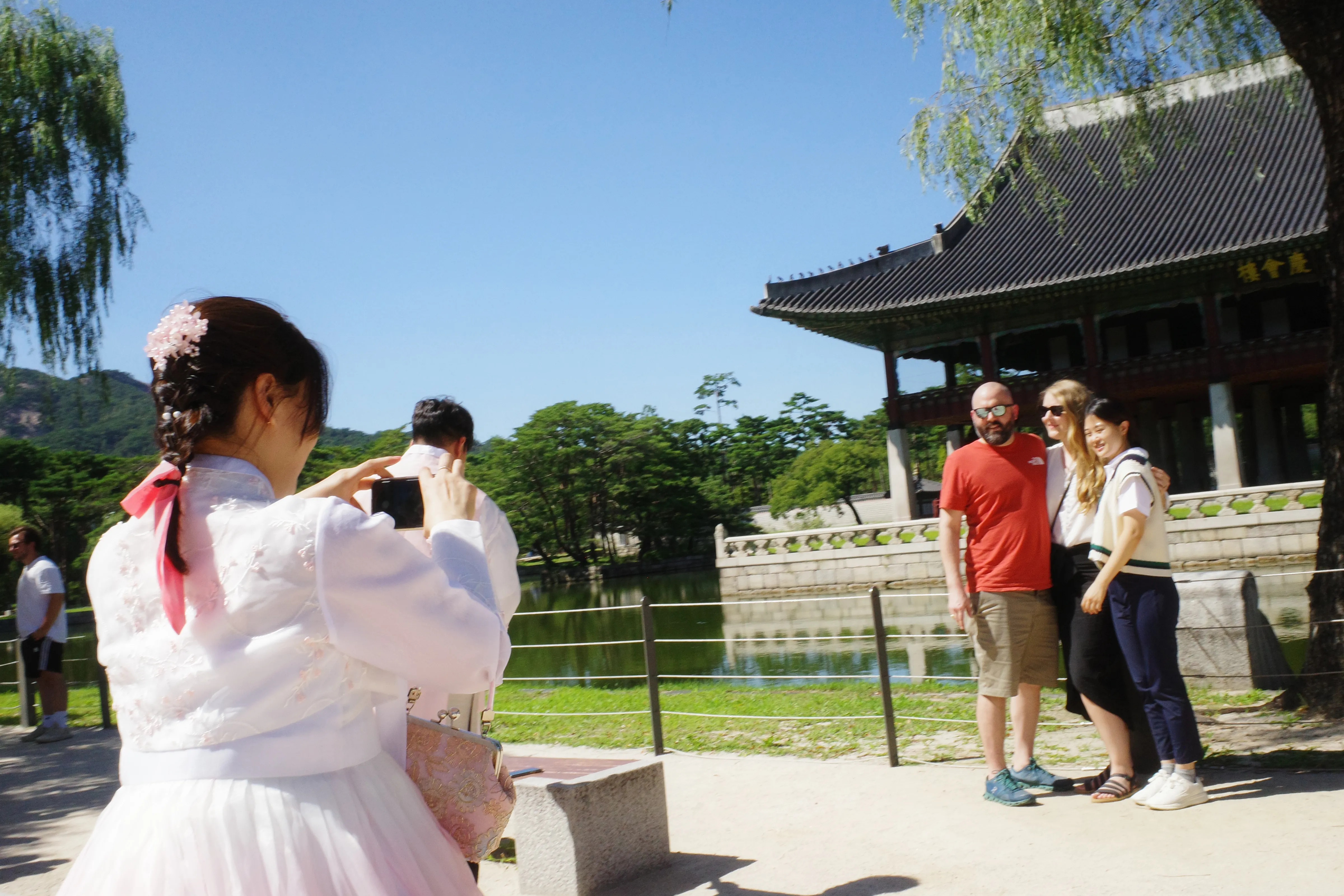
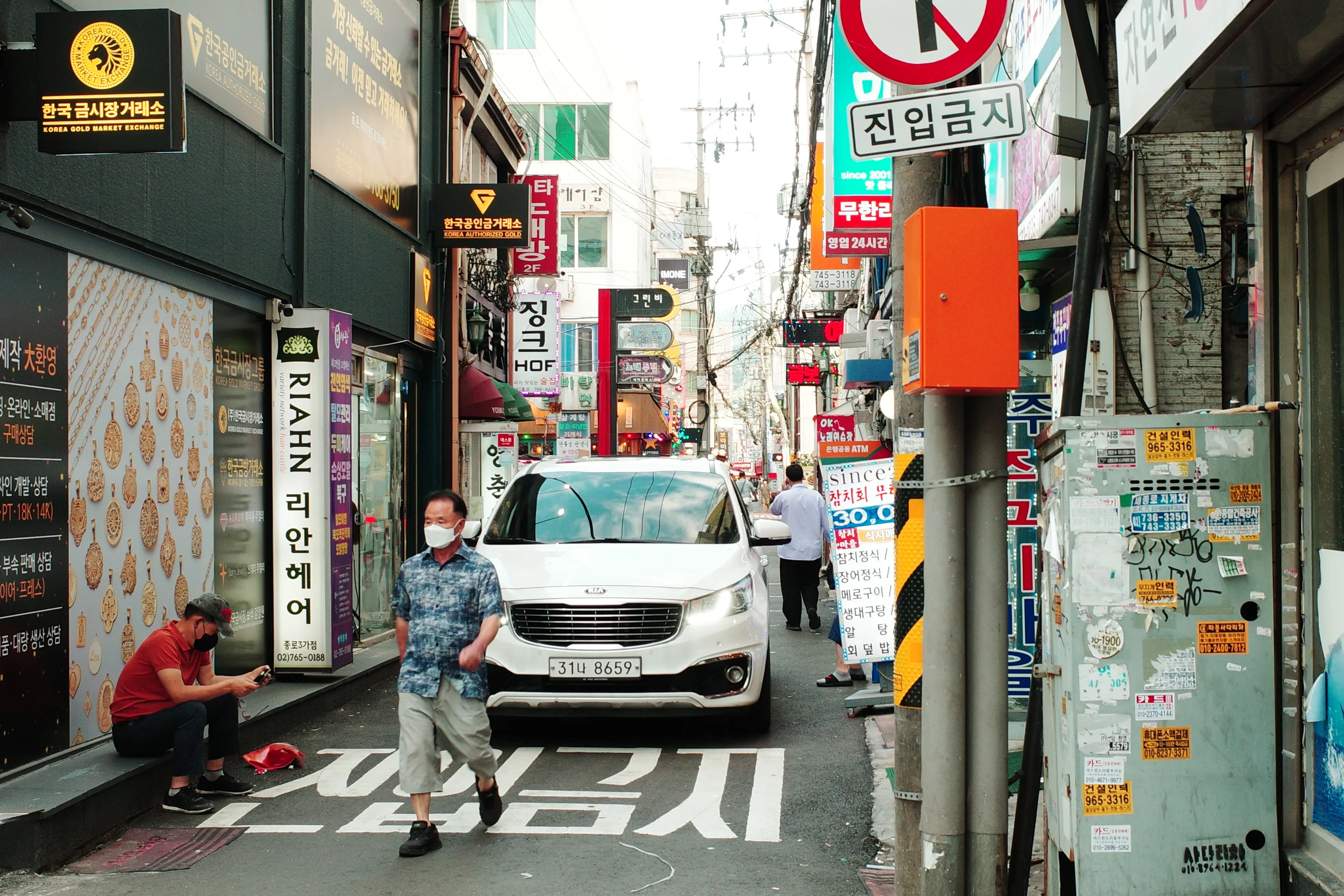
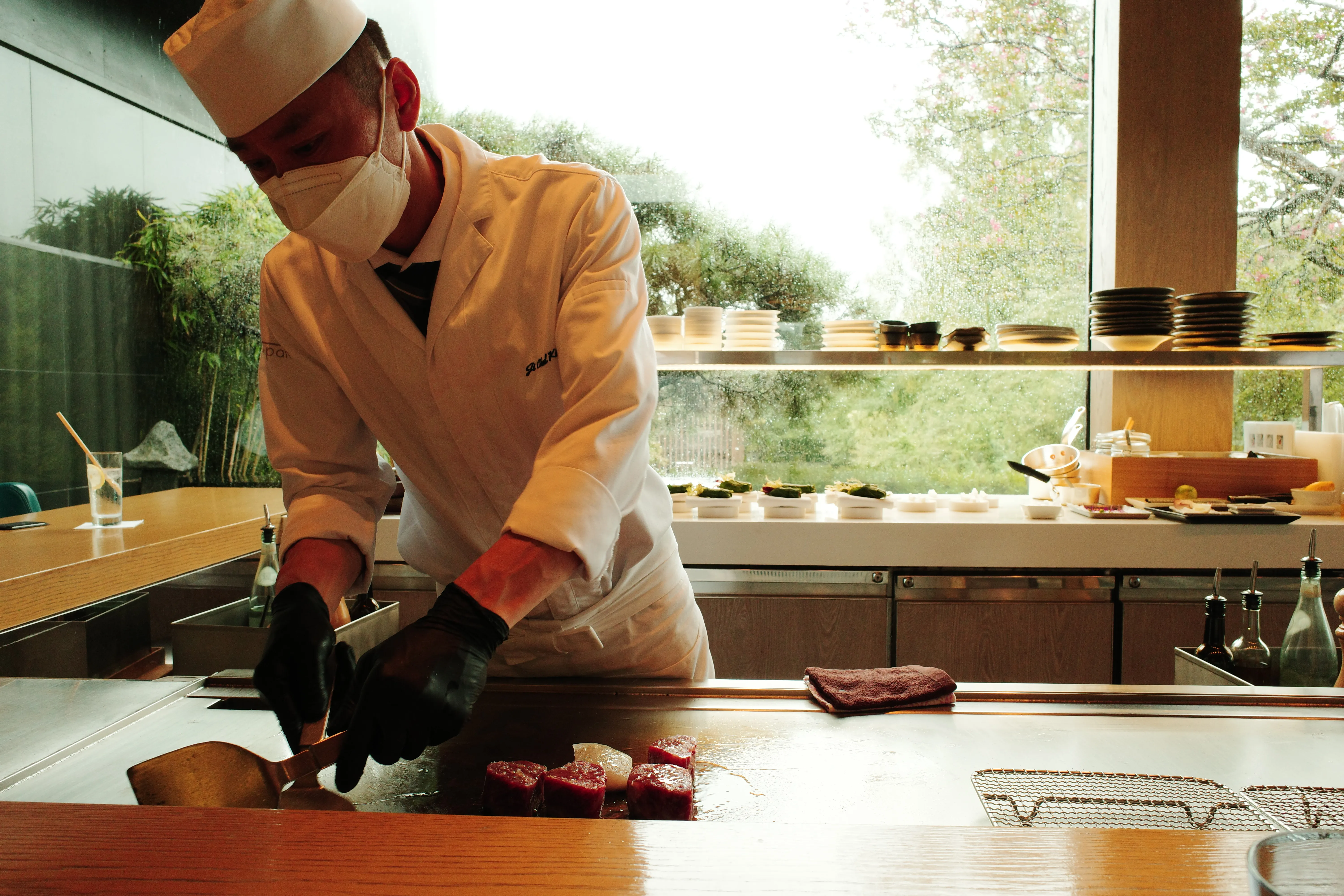
Seoul, South Korea, August 2022
Related Notes
Structure to Light
Last Updated
these photos came from a workshop i took by janna ireland through the southland institute.
at the time, i was living in downtown los angeles and spending most of my free time just walking around looking for interesting visual / graphic patterns out in the wild.
i’ve started adding photos from other places that carry the same feeling.
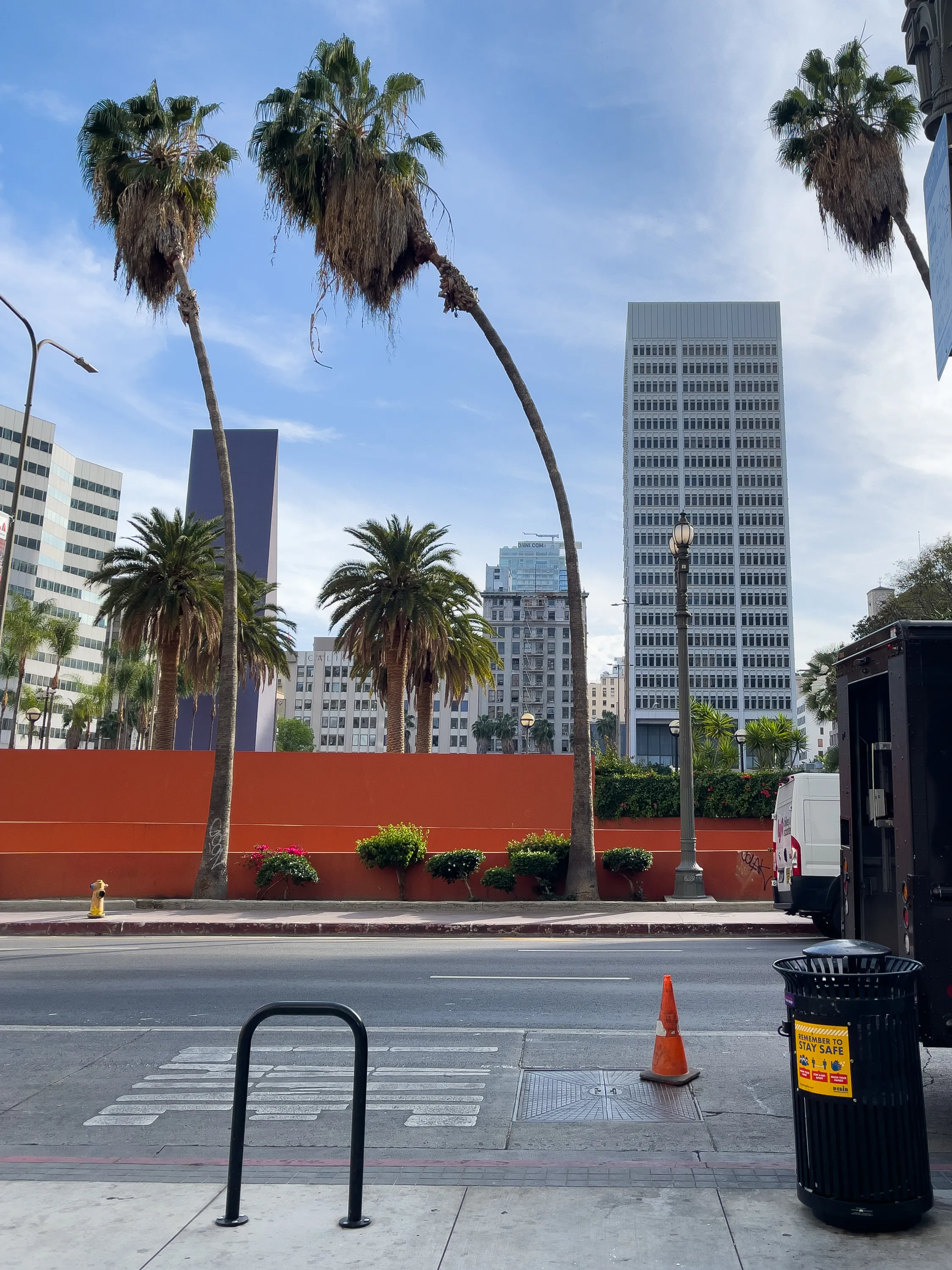
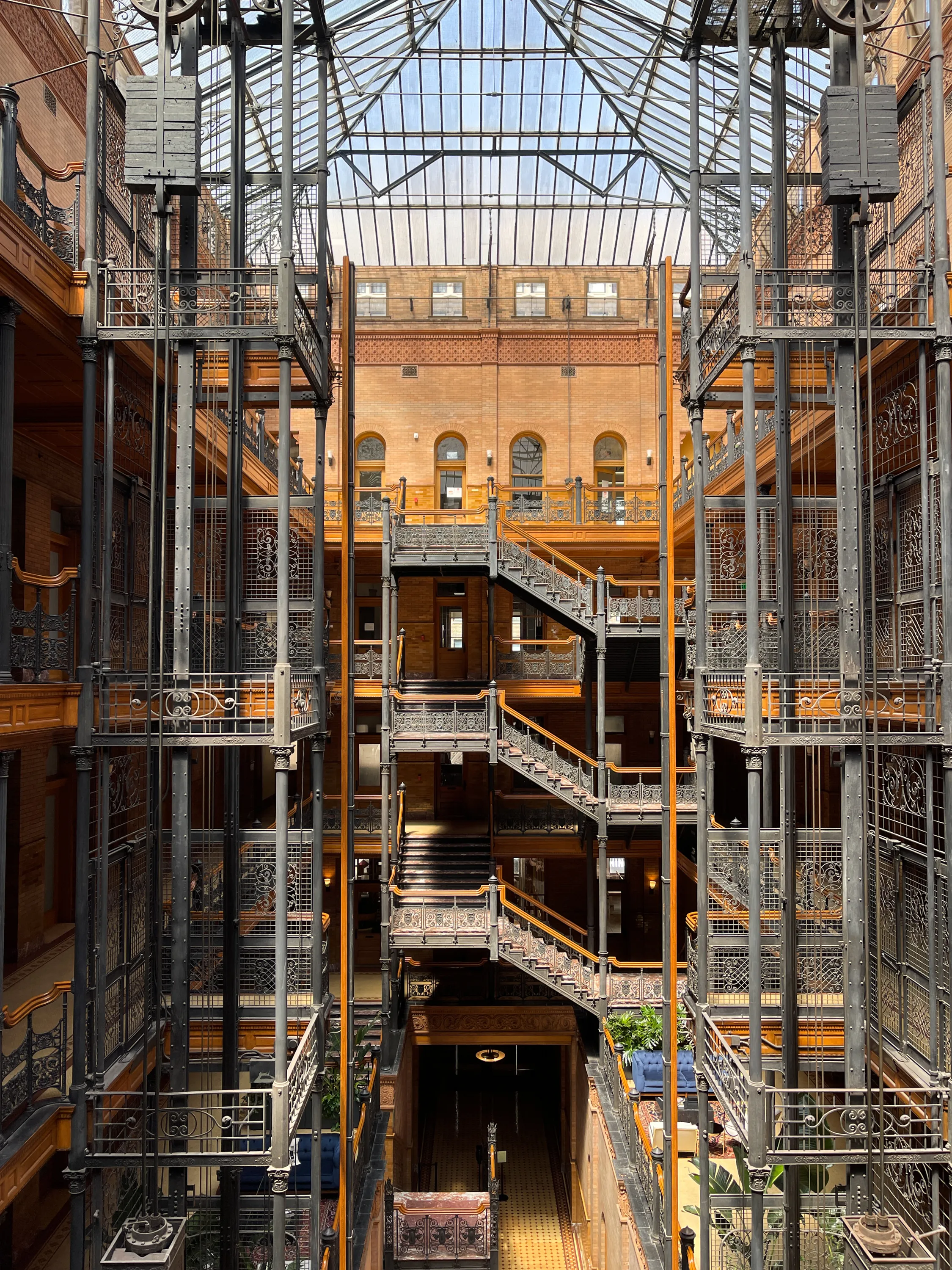
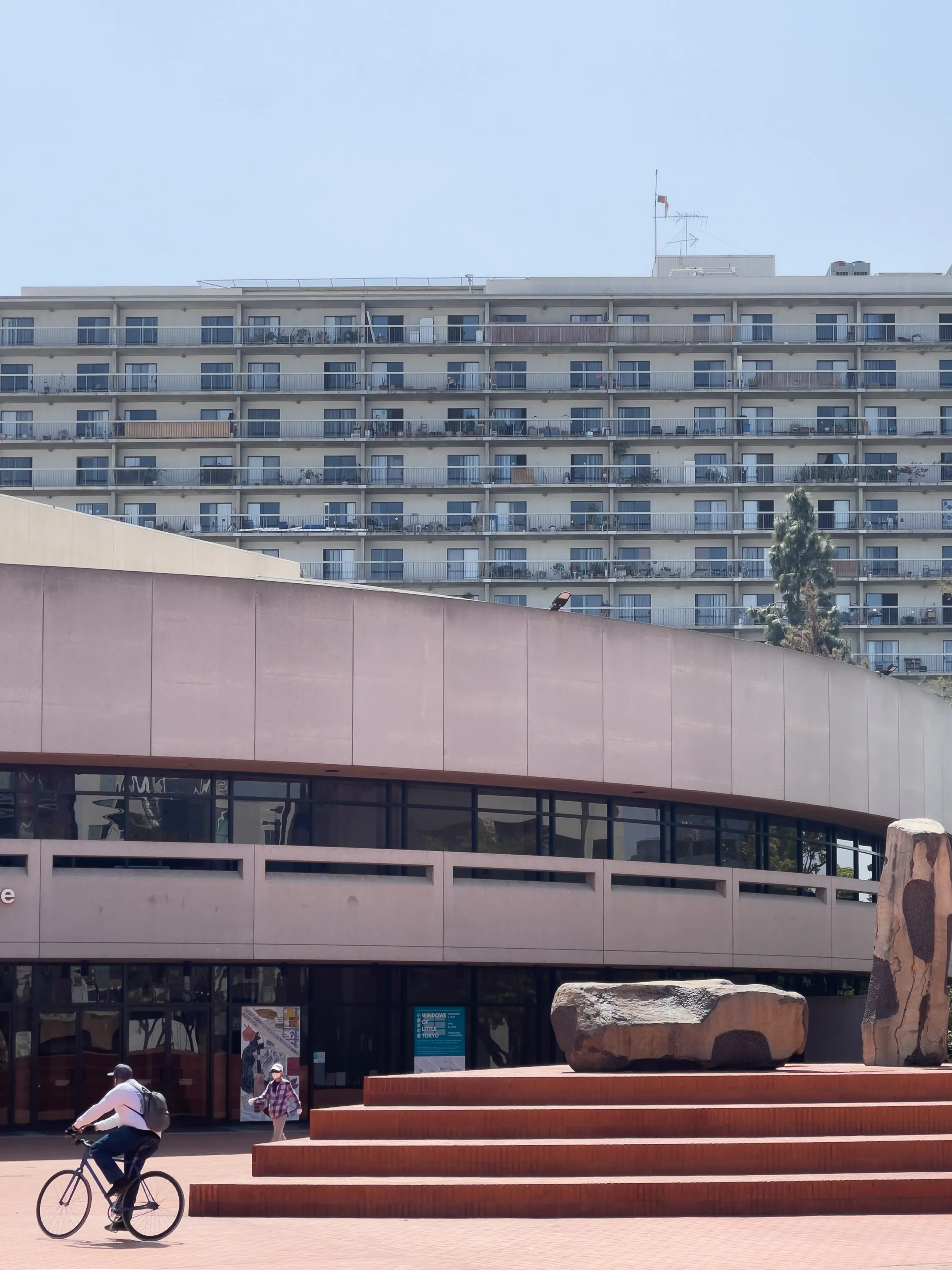
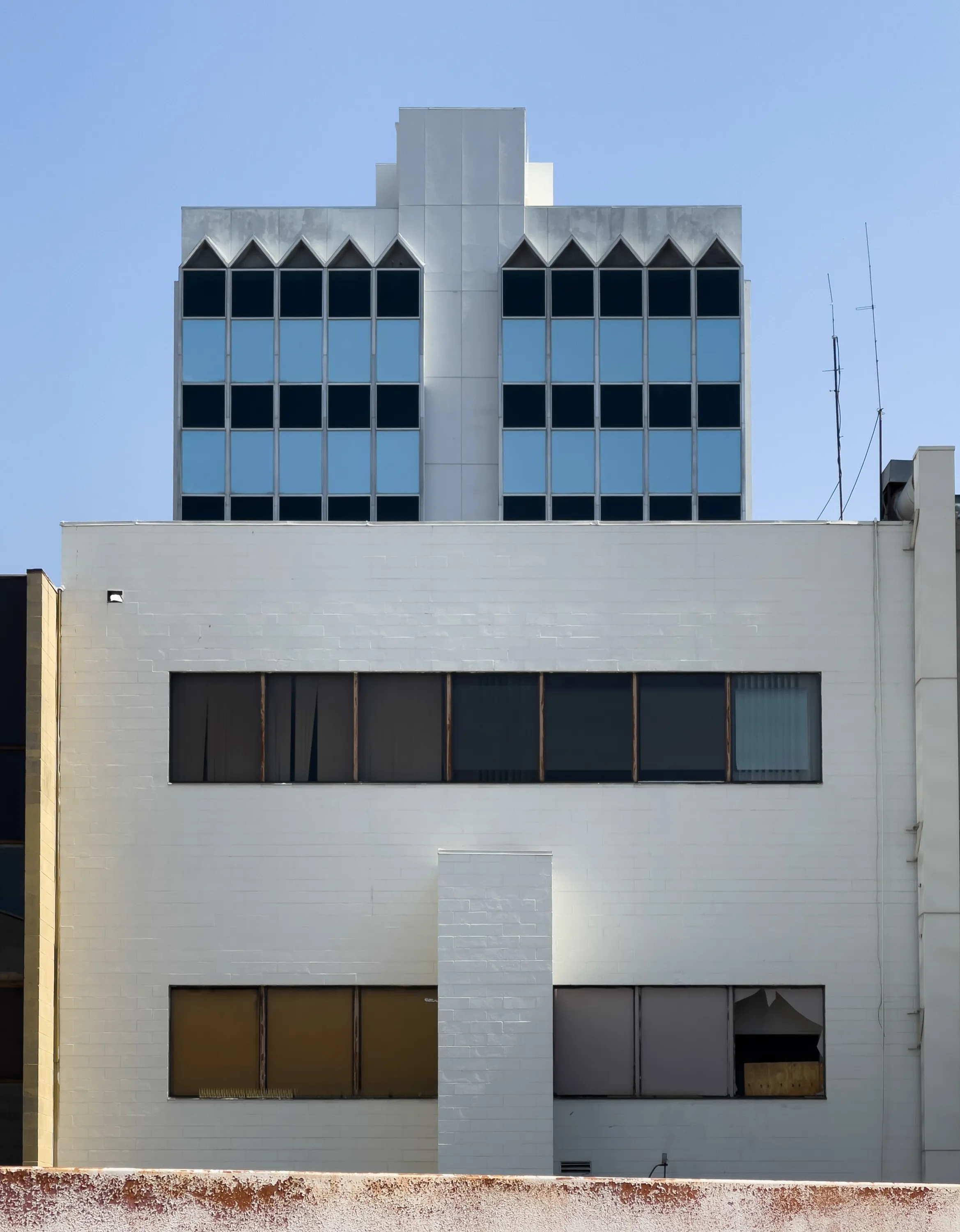
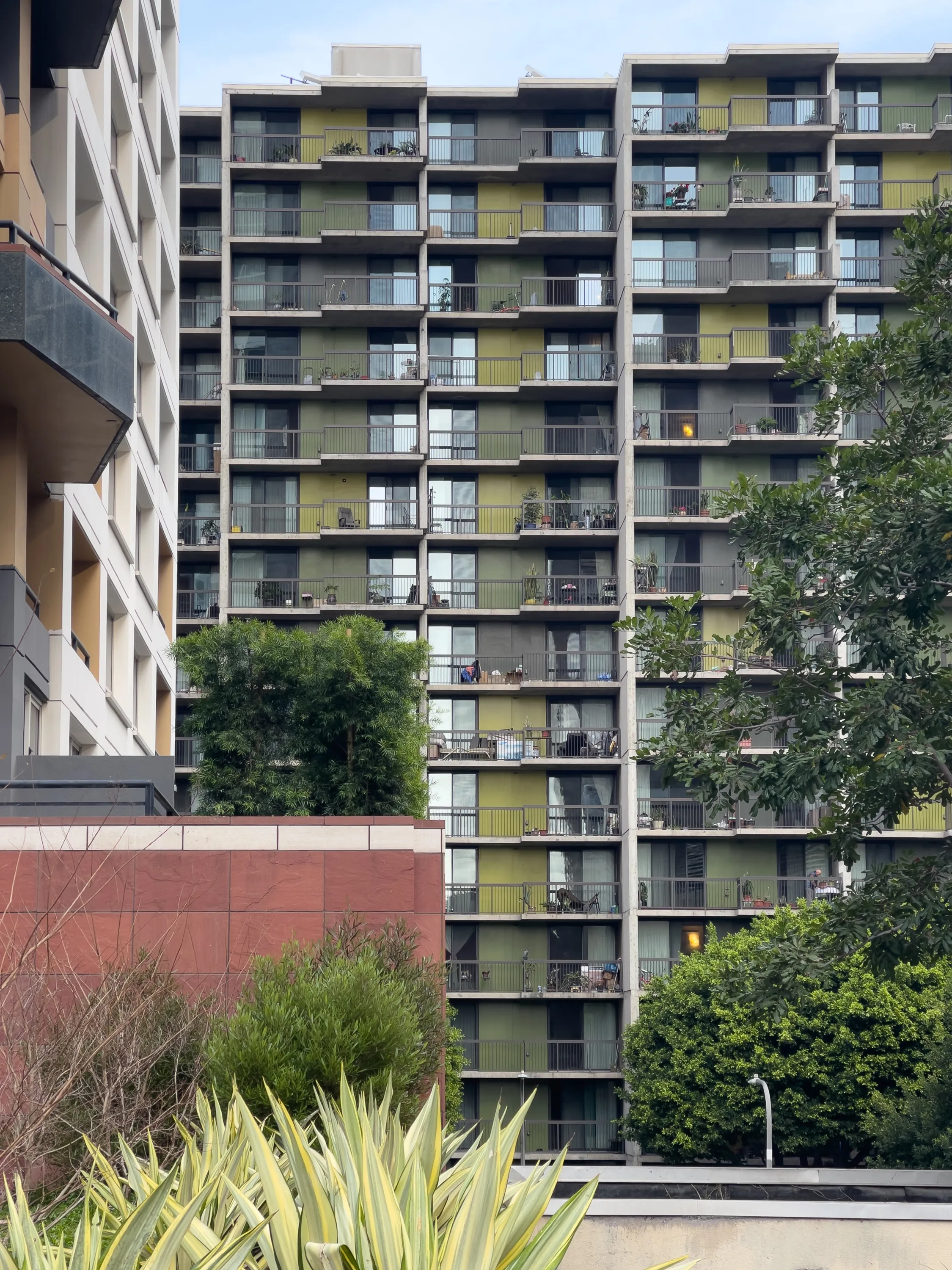
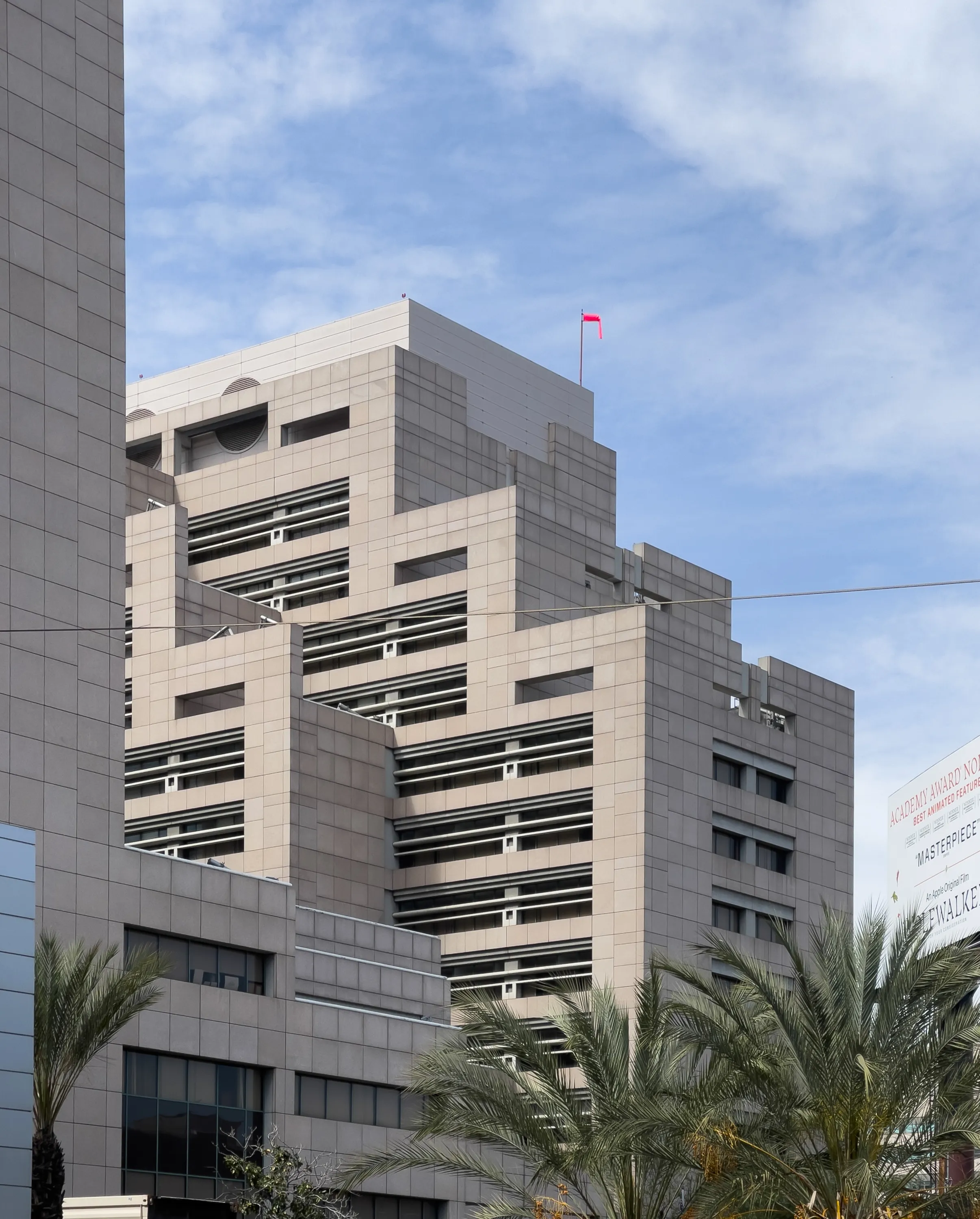
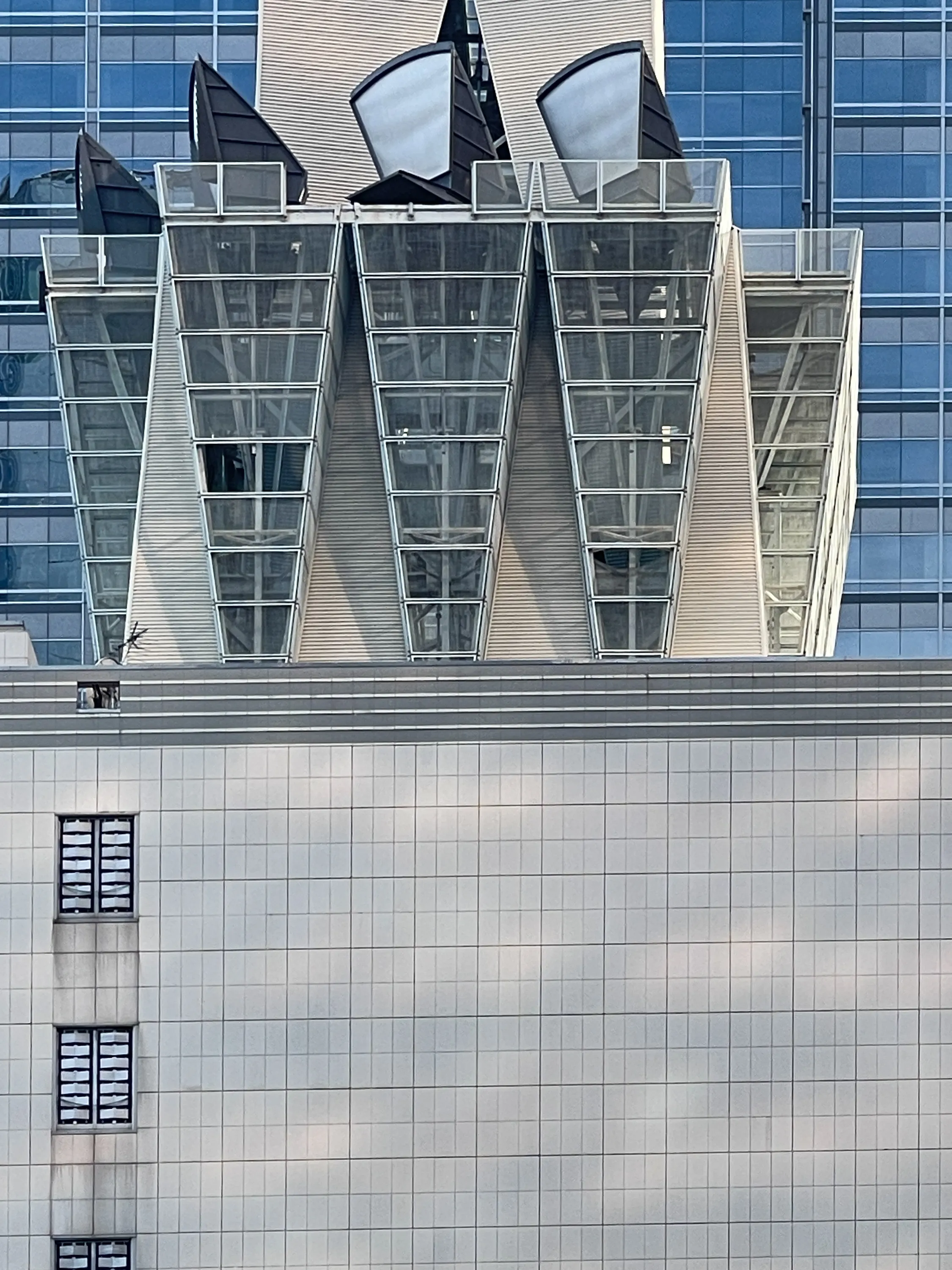
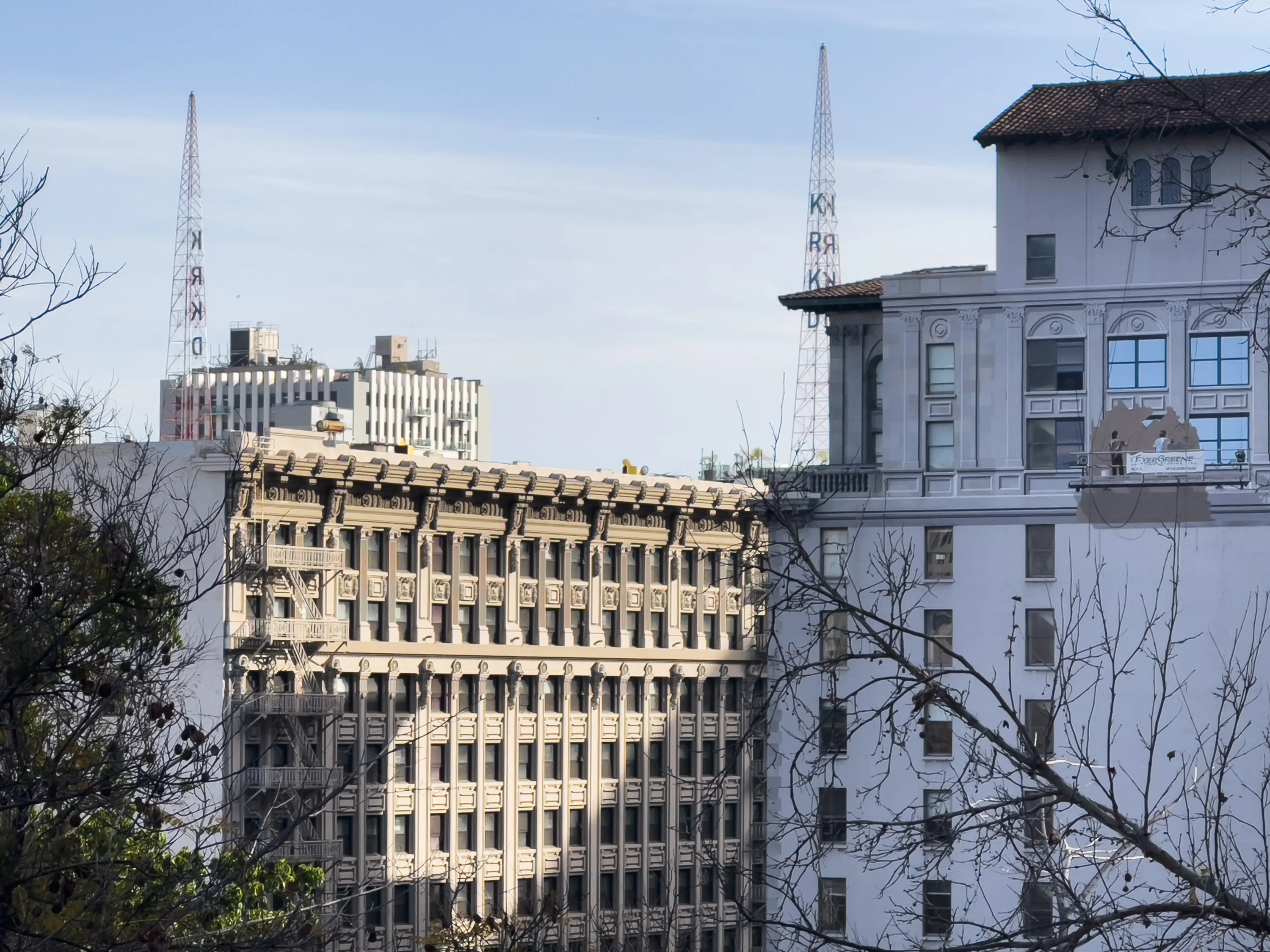
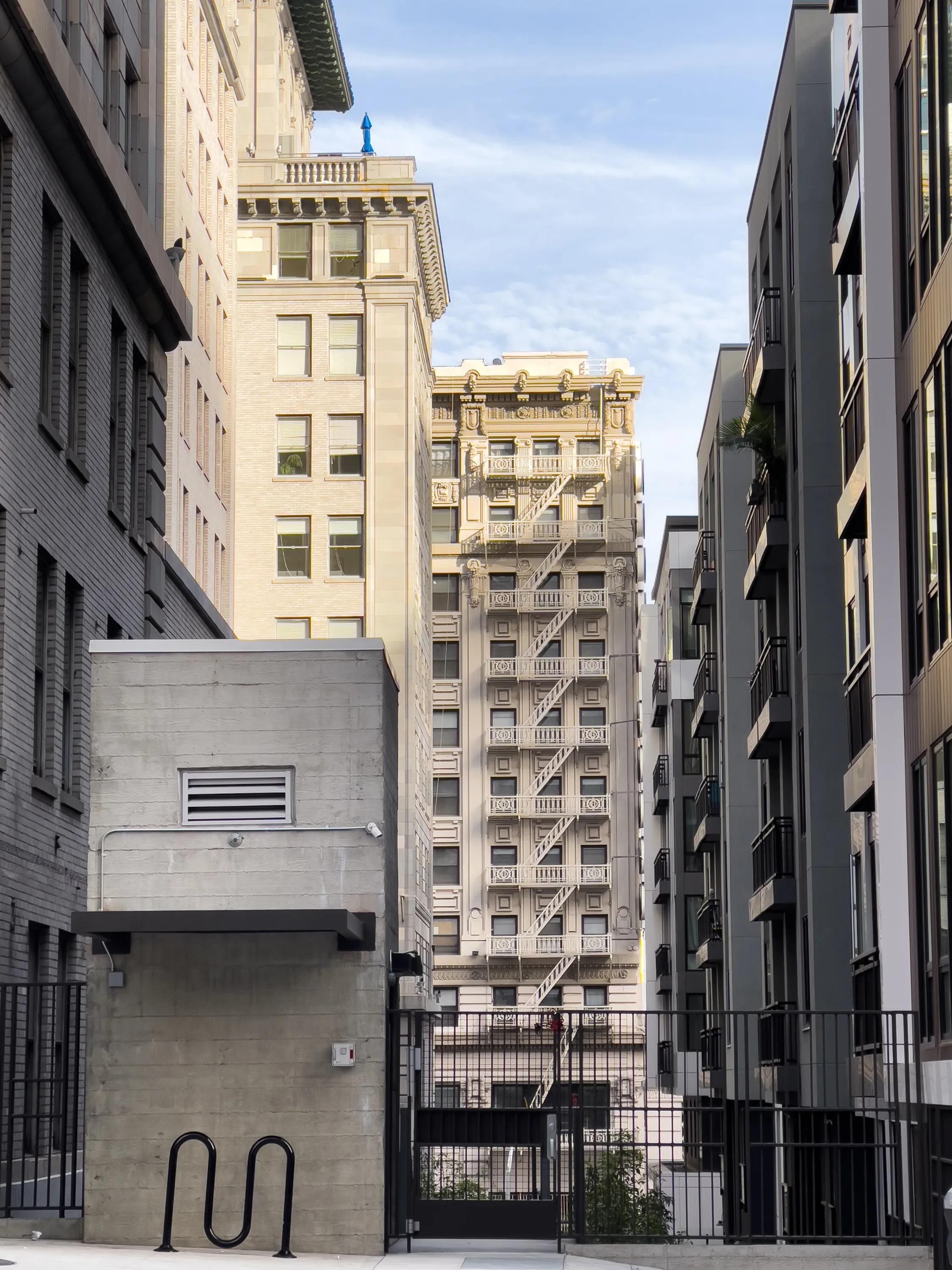
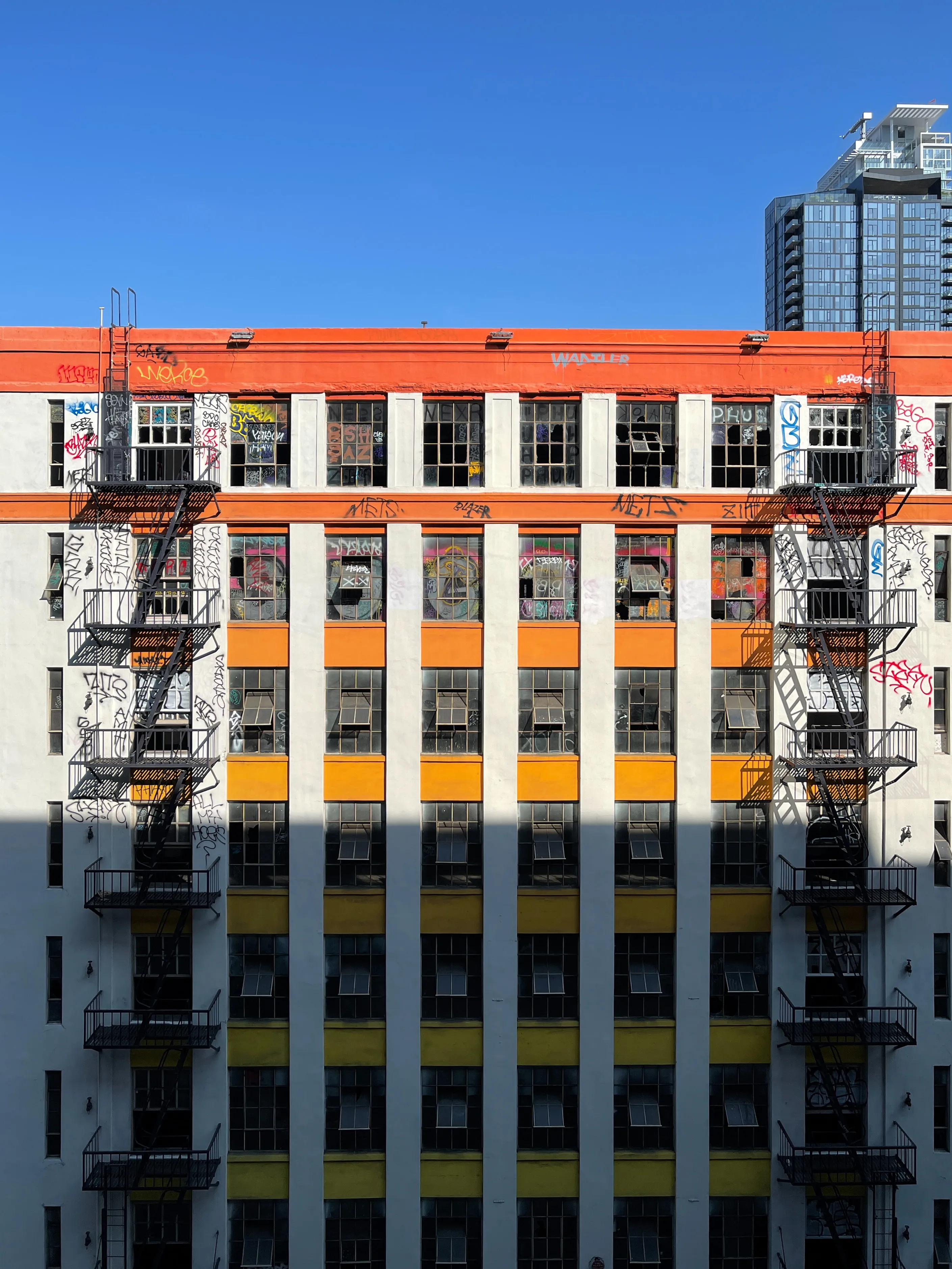
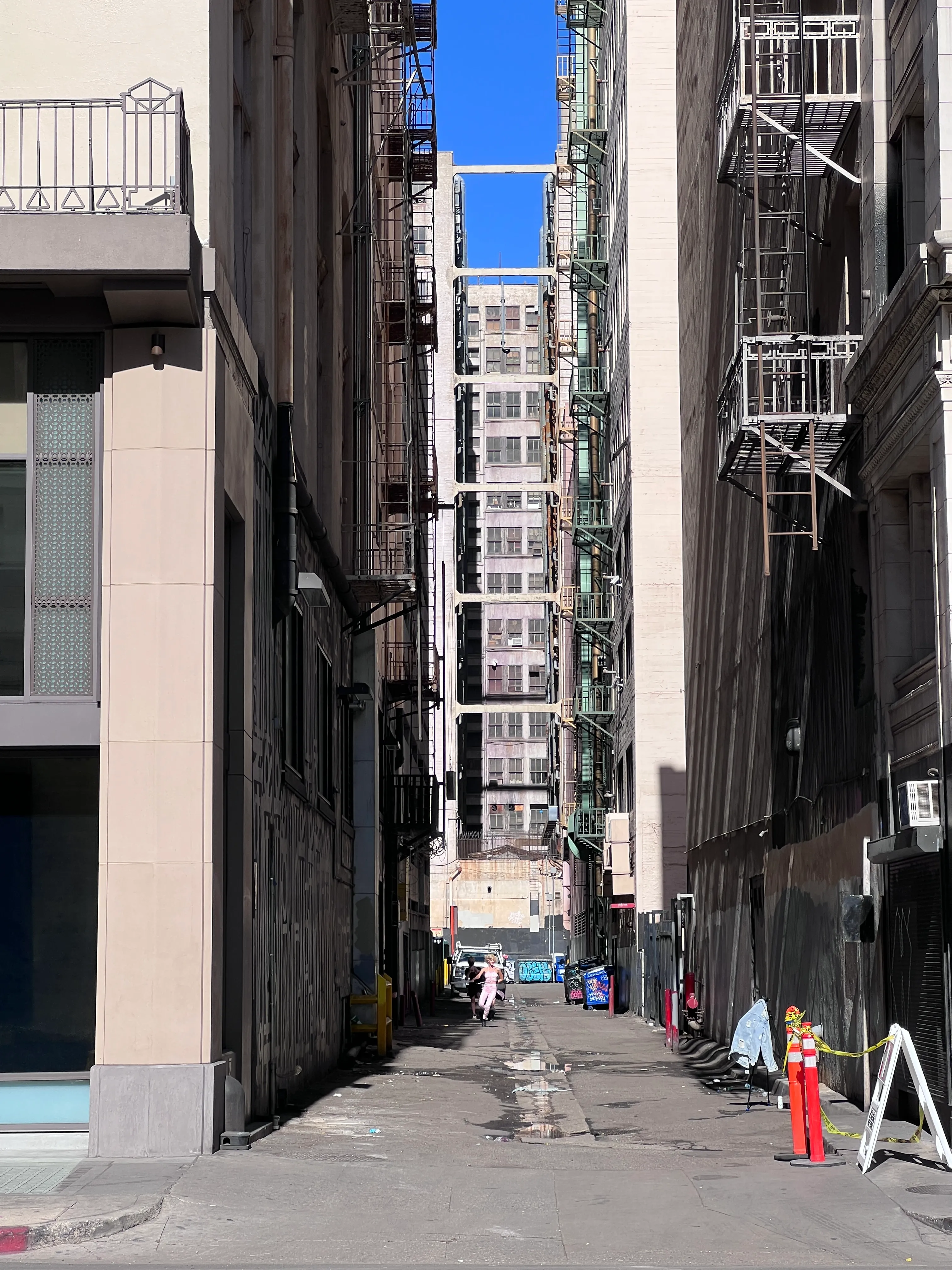
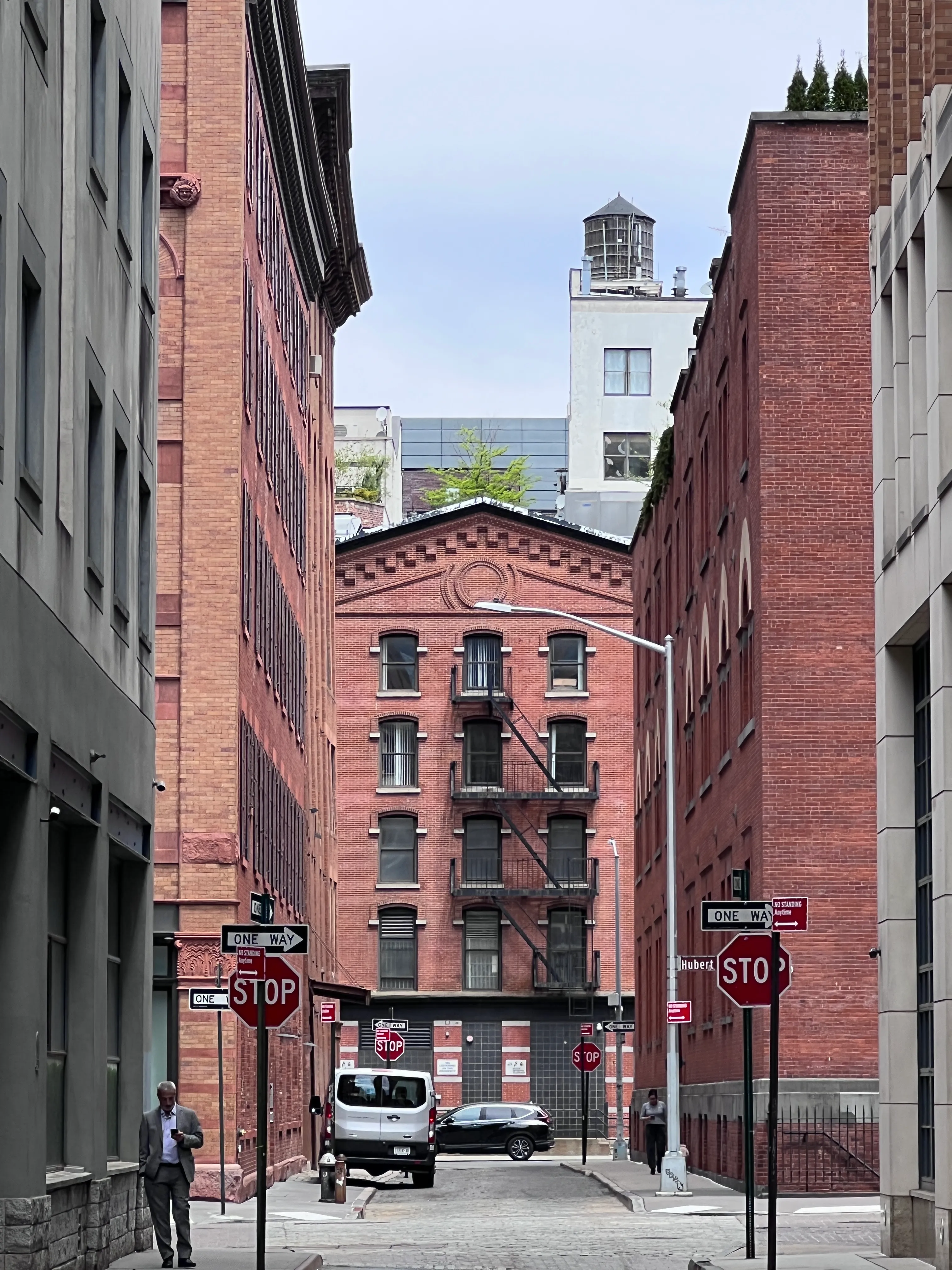
Related Notes
Mexico City
Last Updated
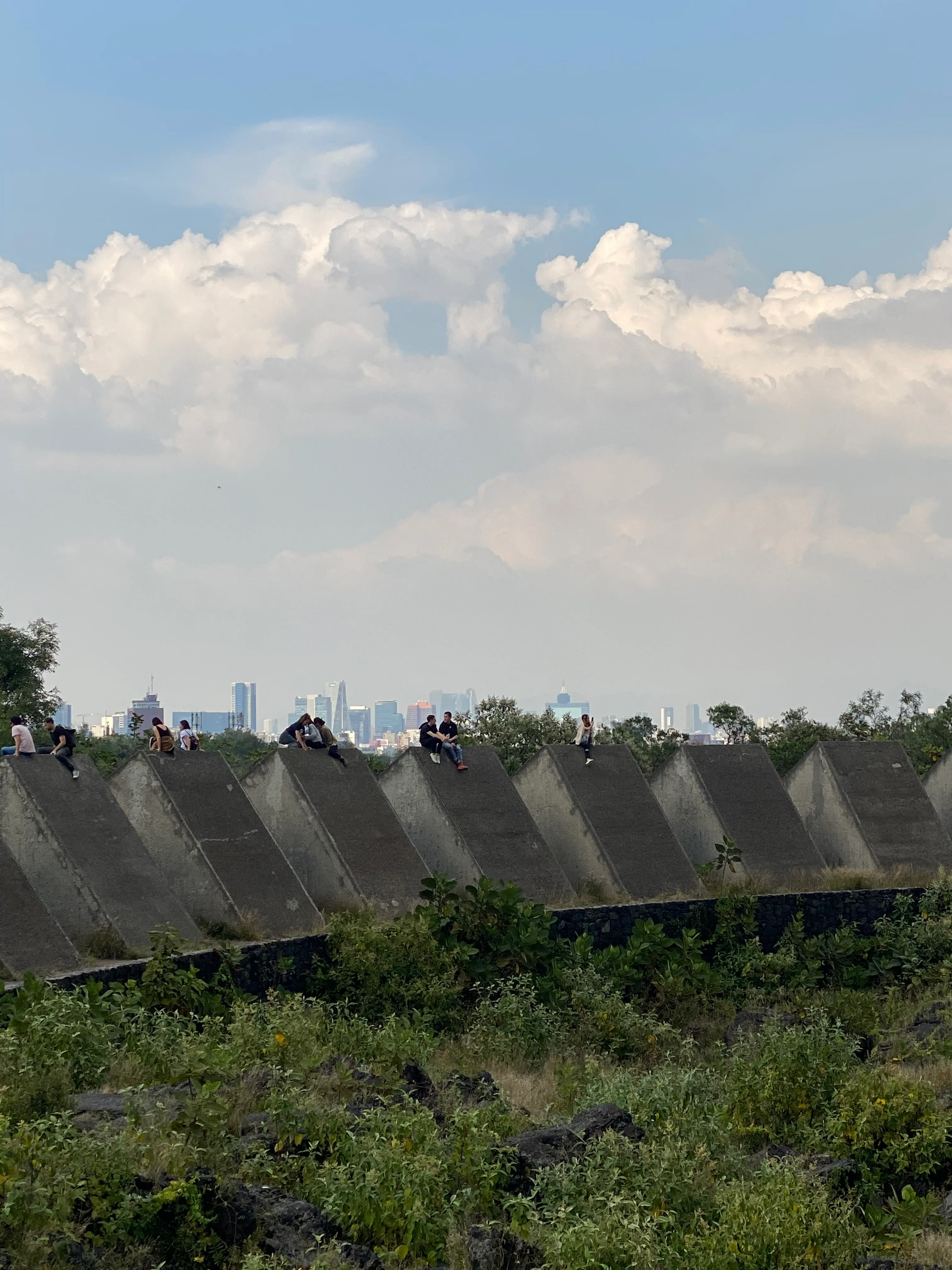
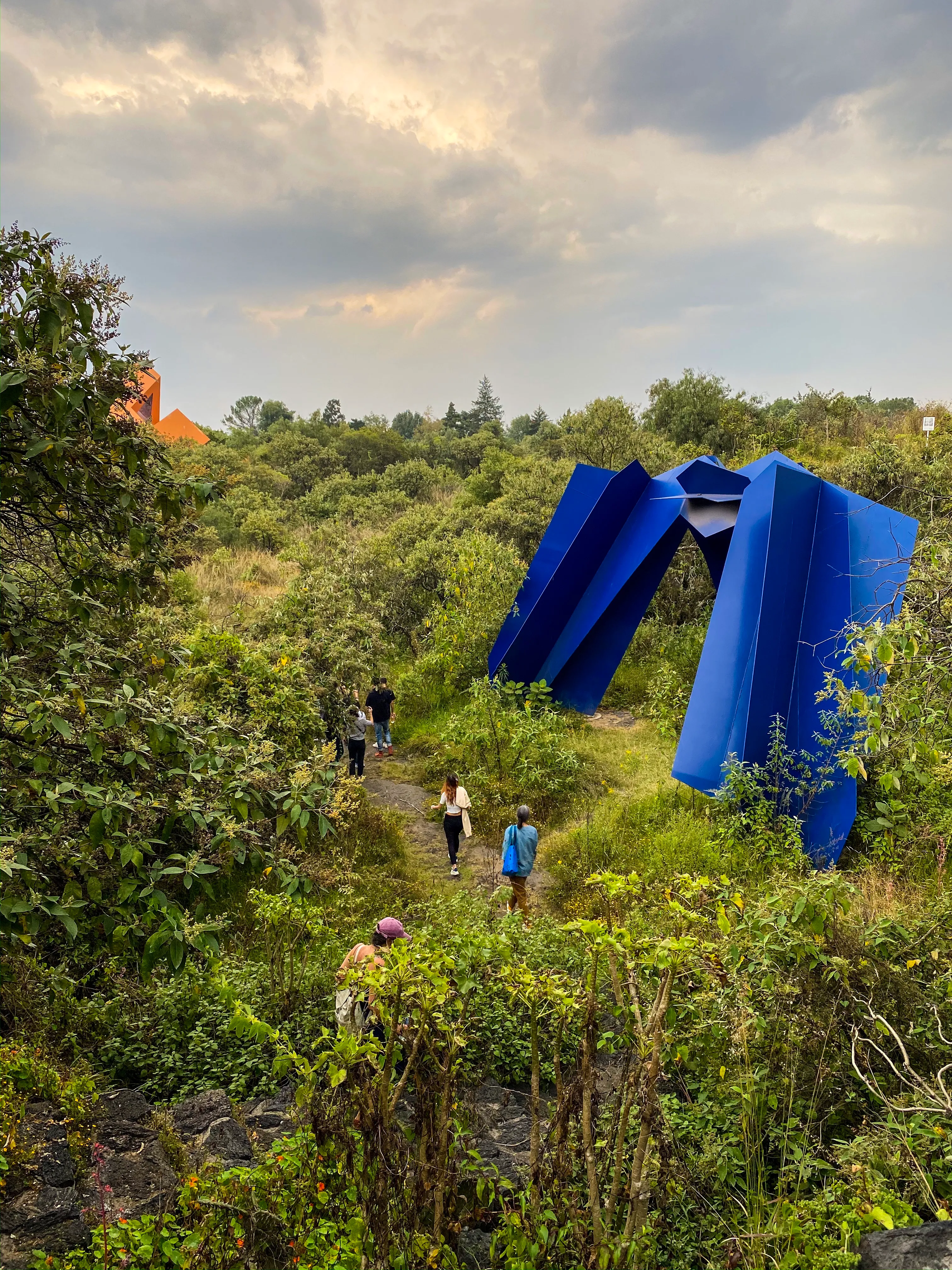
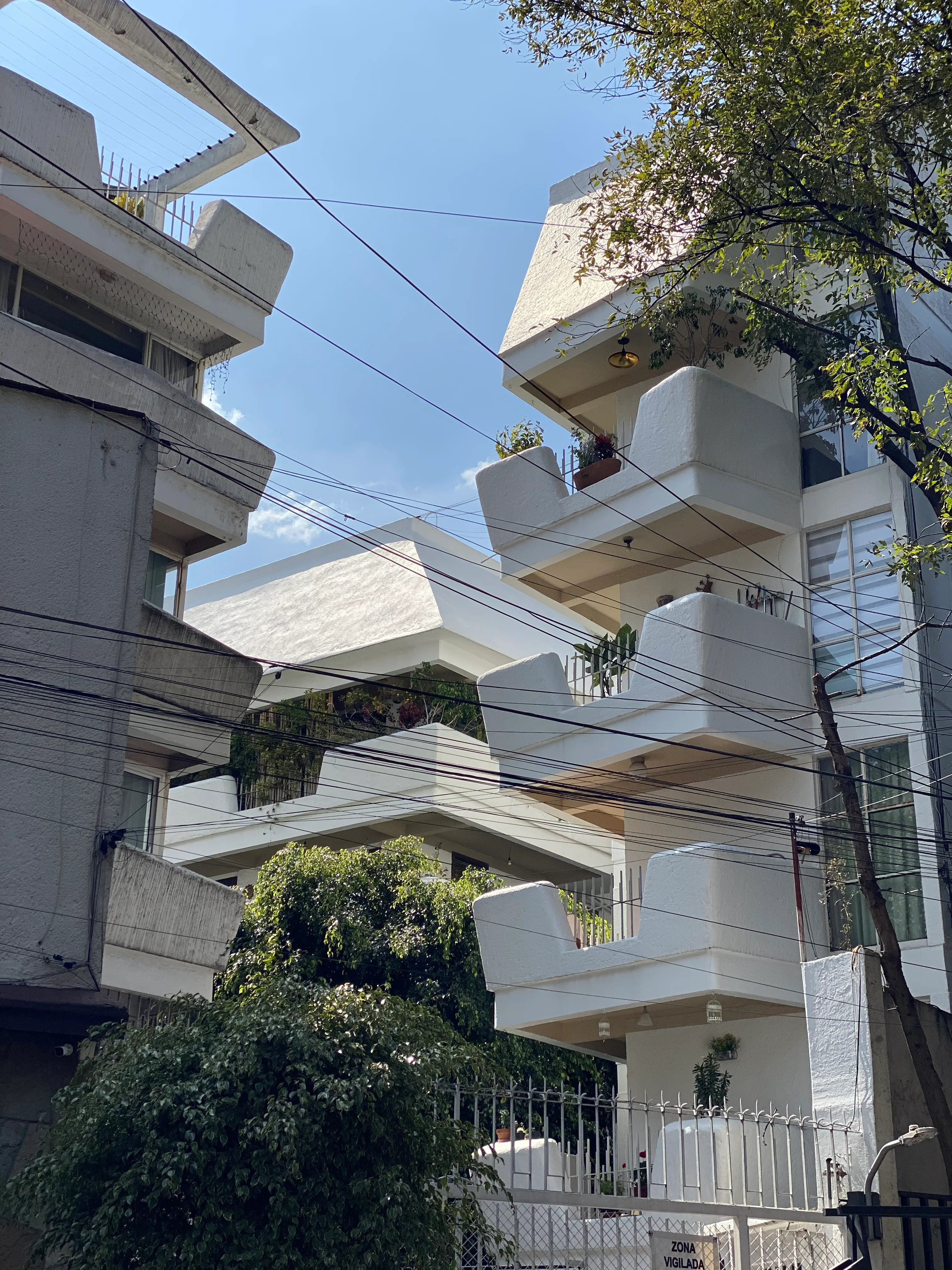
Teaching at Otis, we took the MFA Design students on a trip to Mexico City. We visited the Central University City Campus of UNAM, Casa Barragán, participated in studio visits, and explored the city.